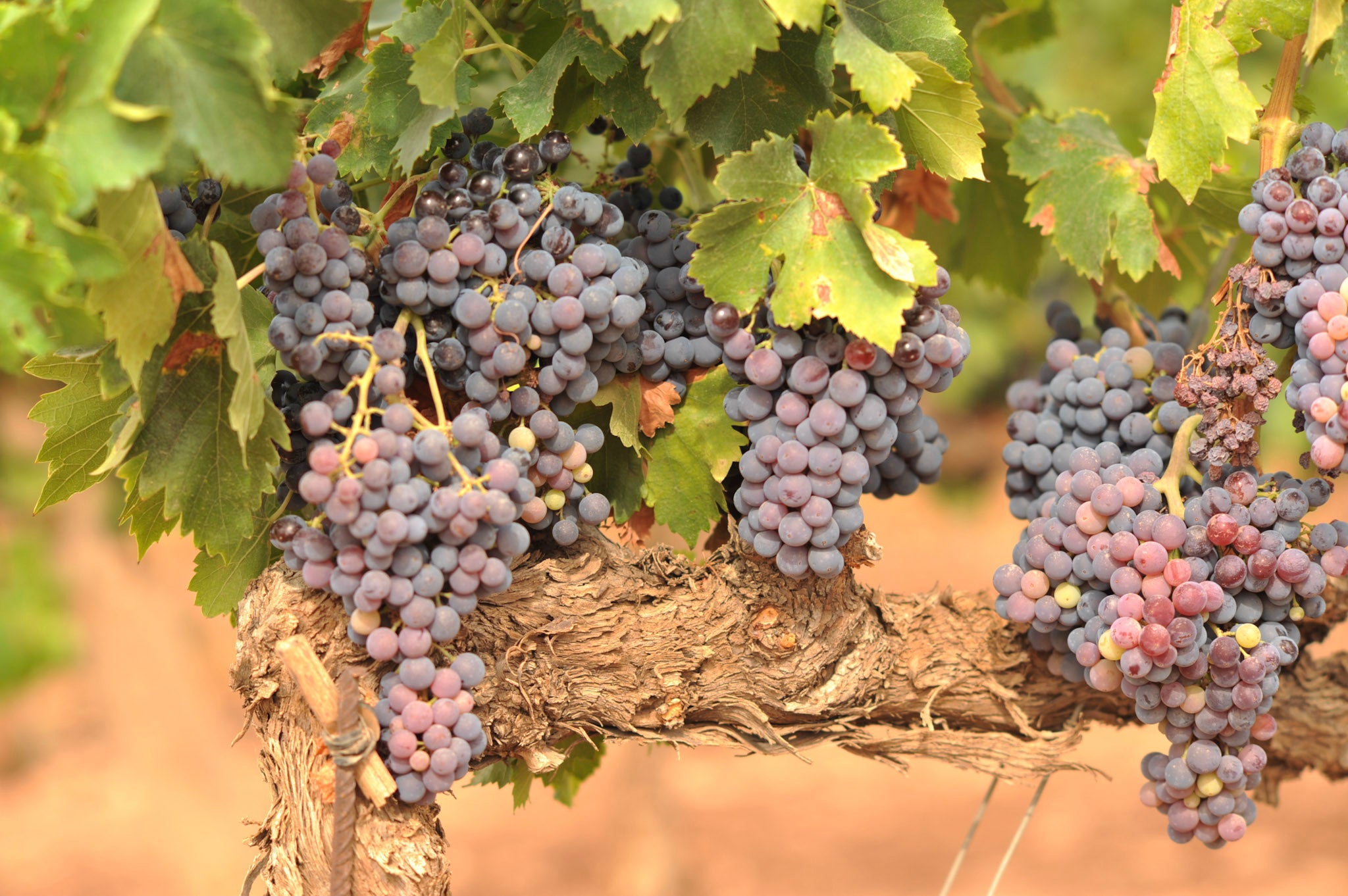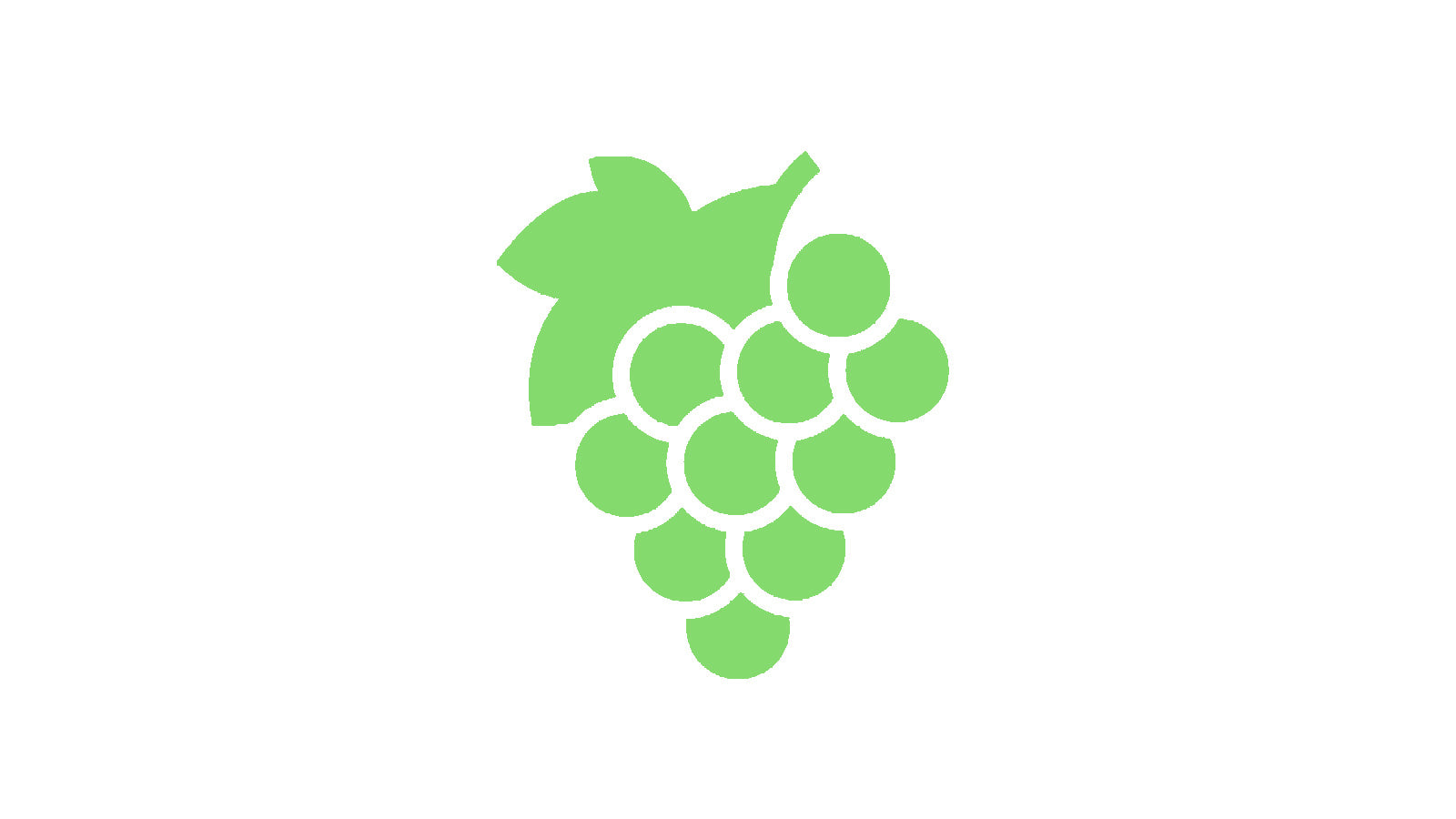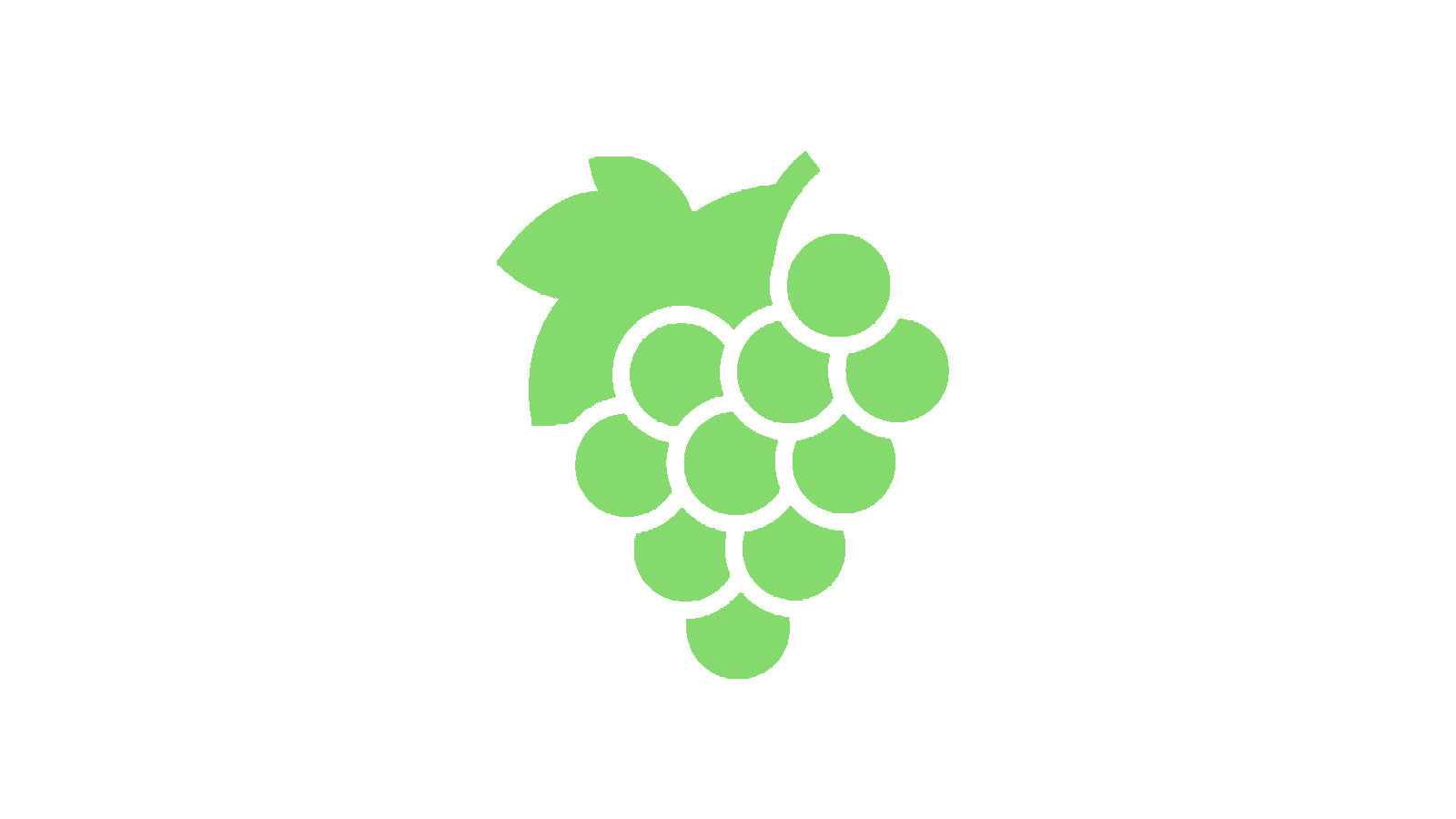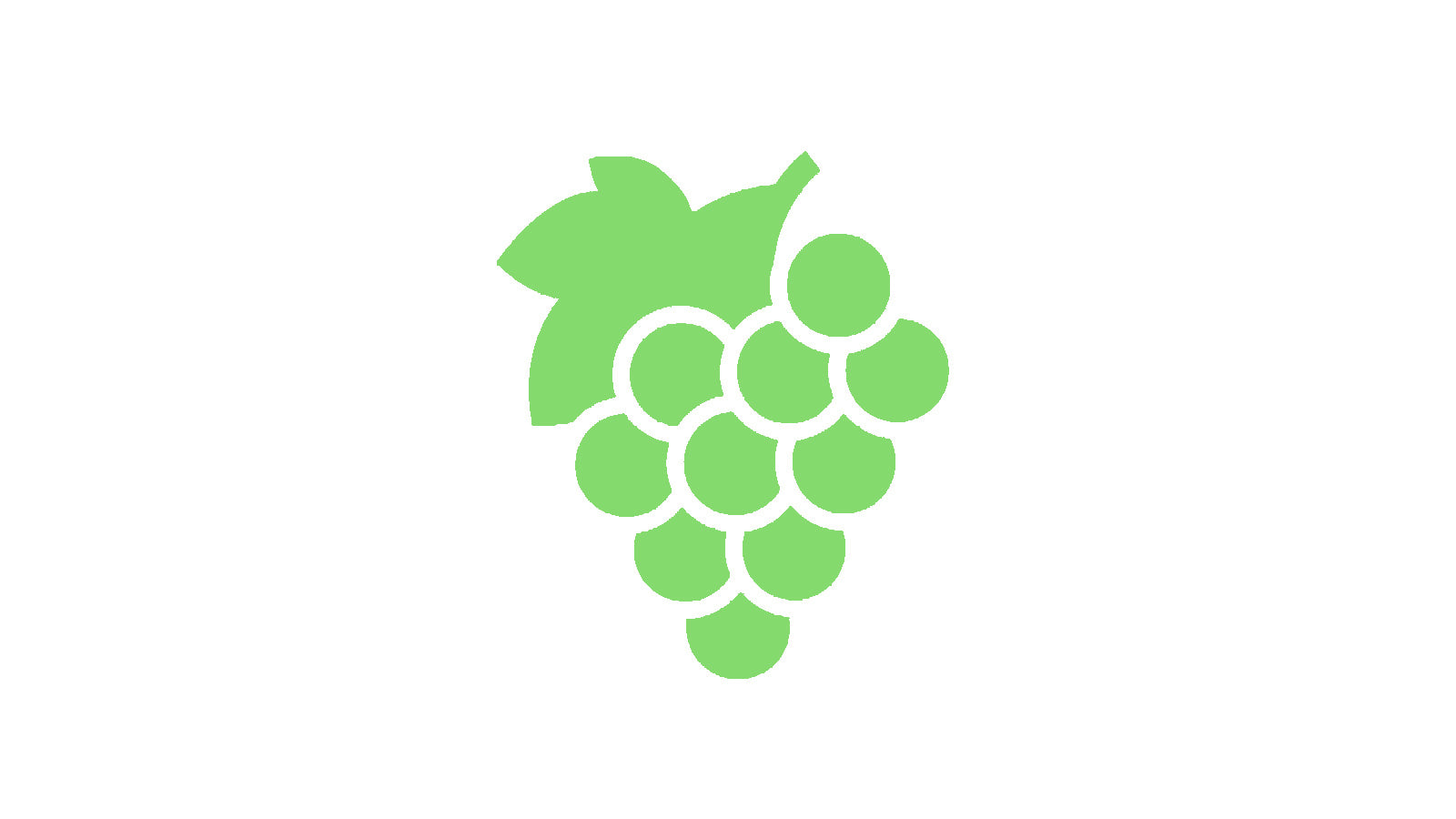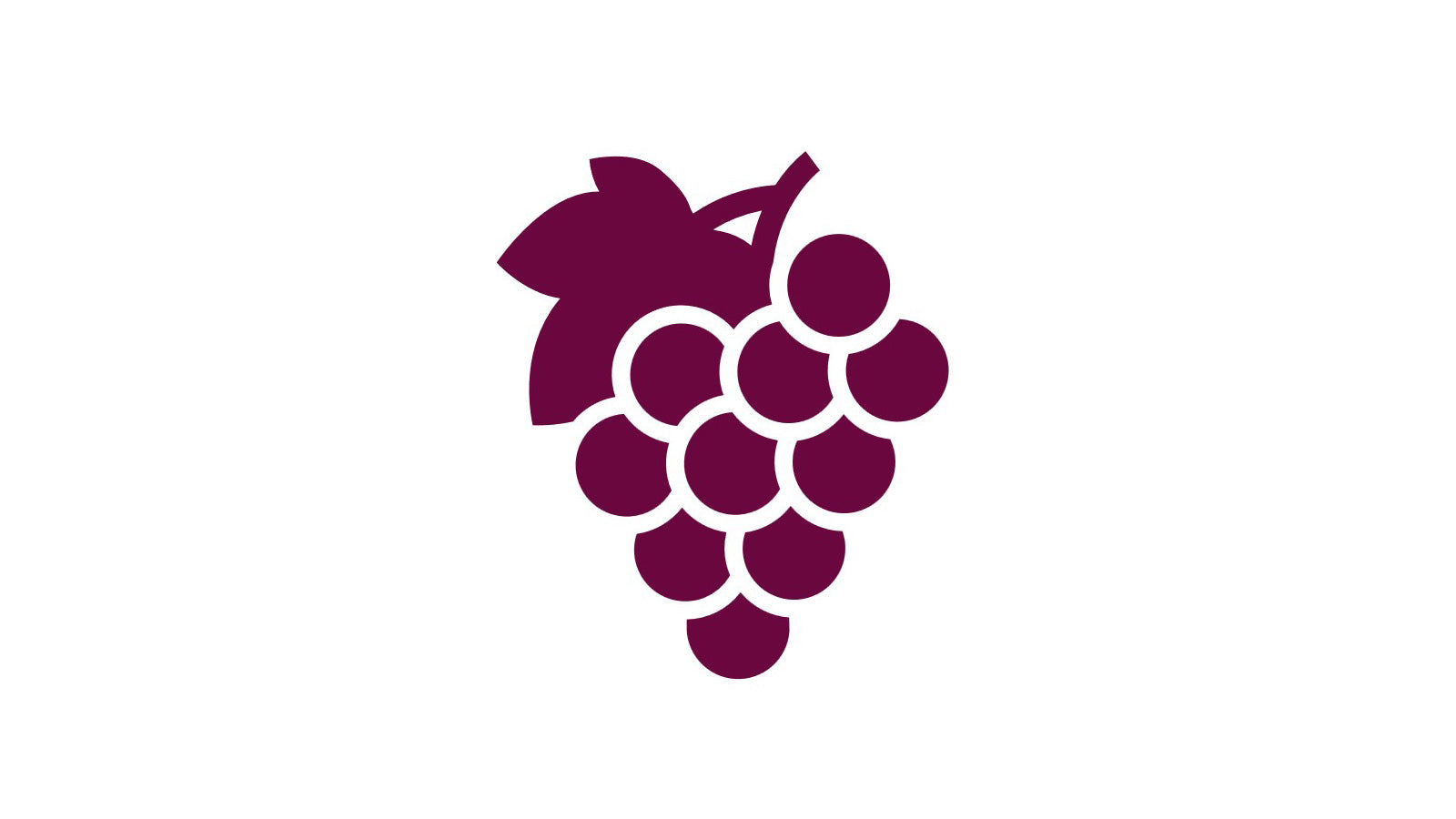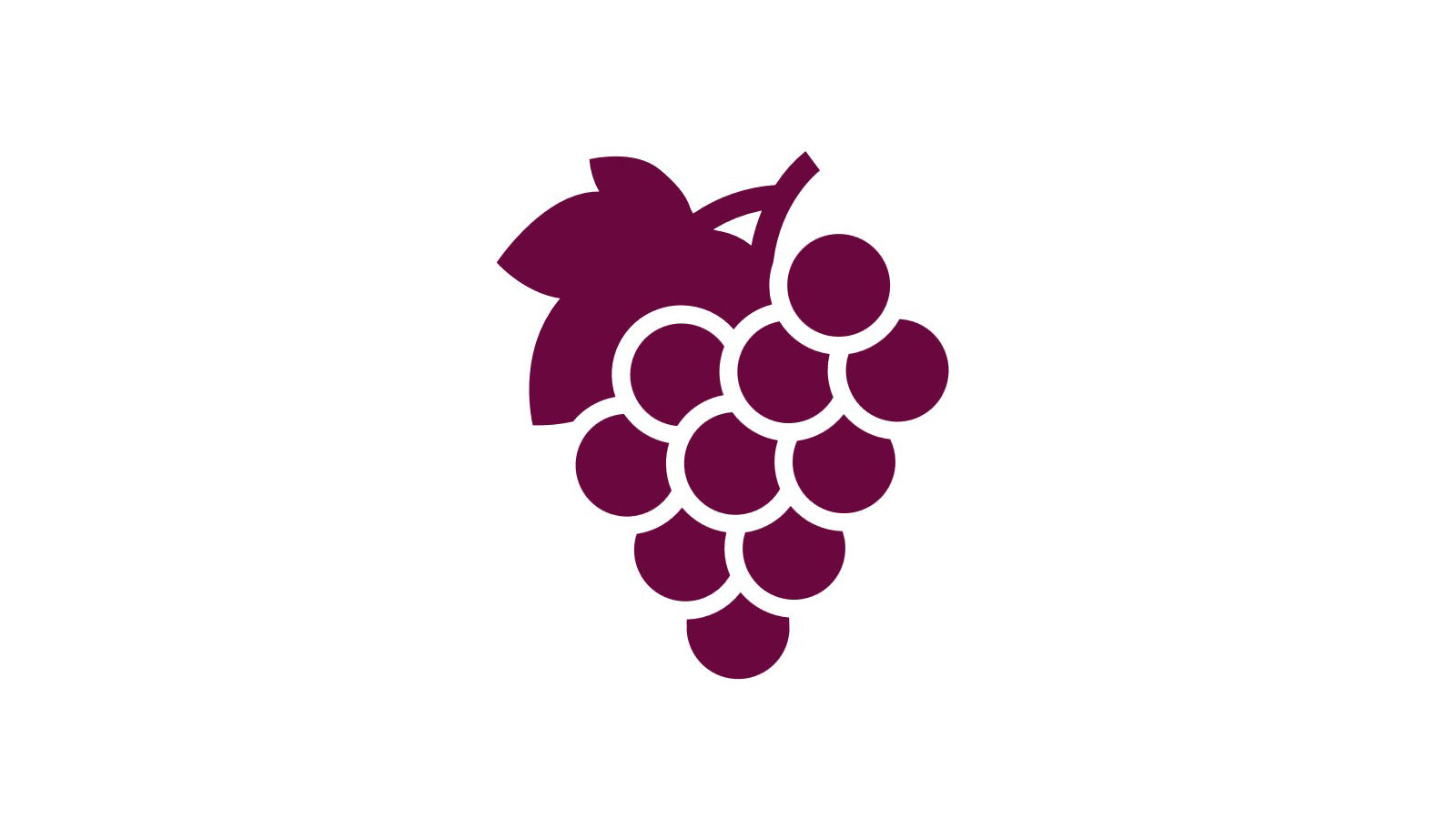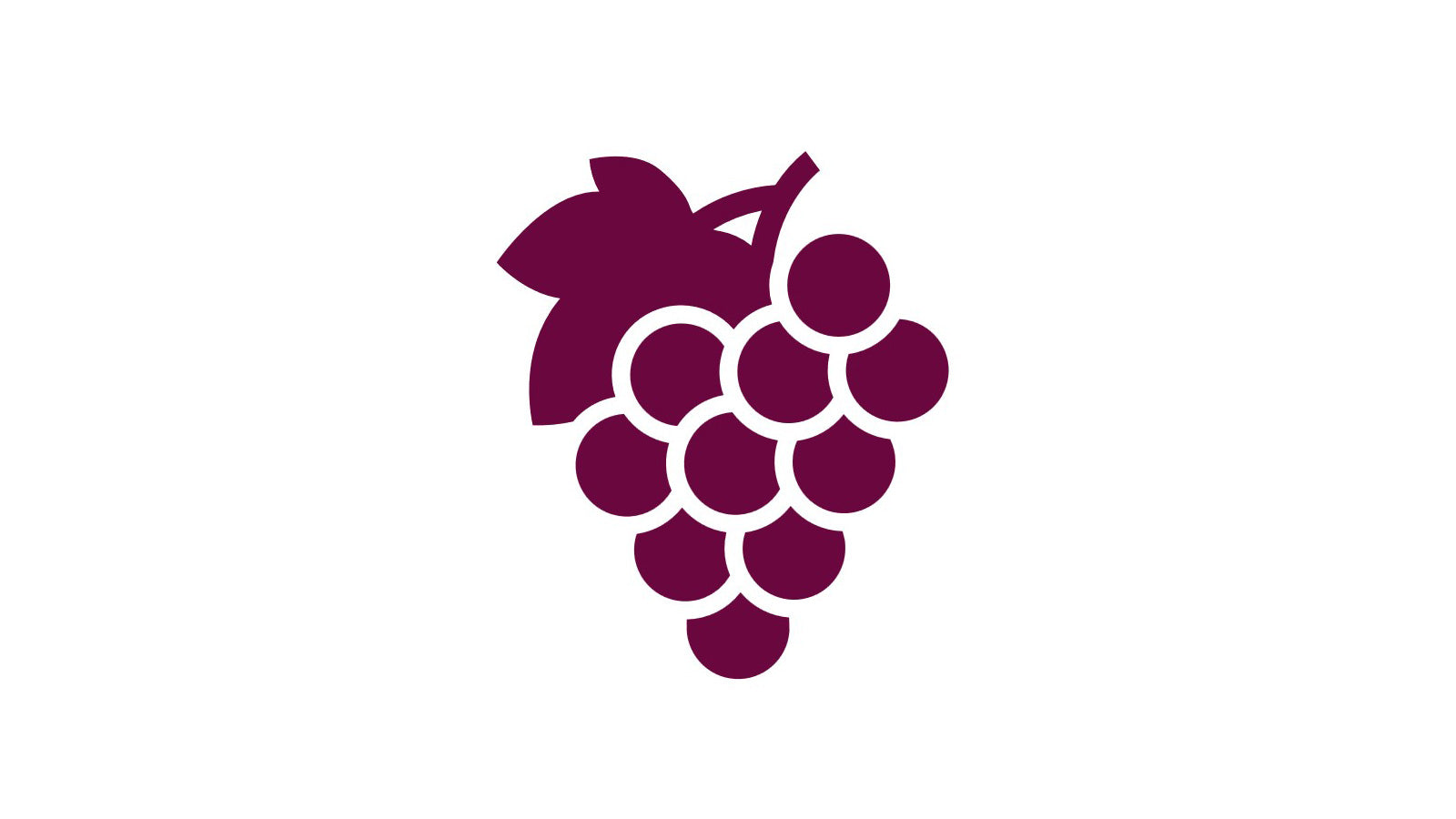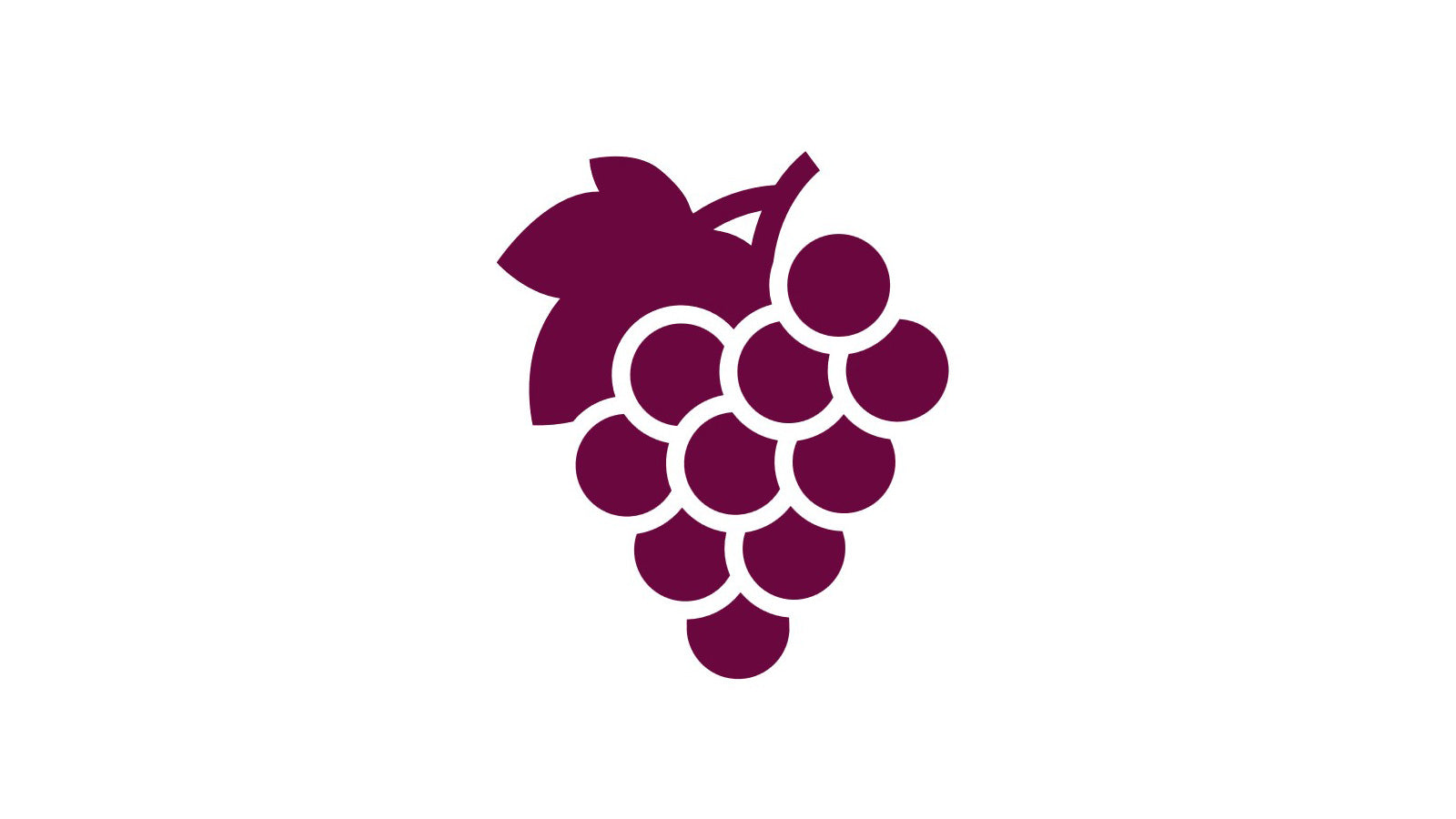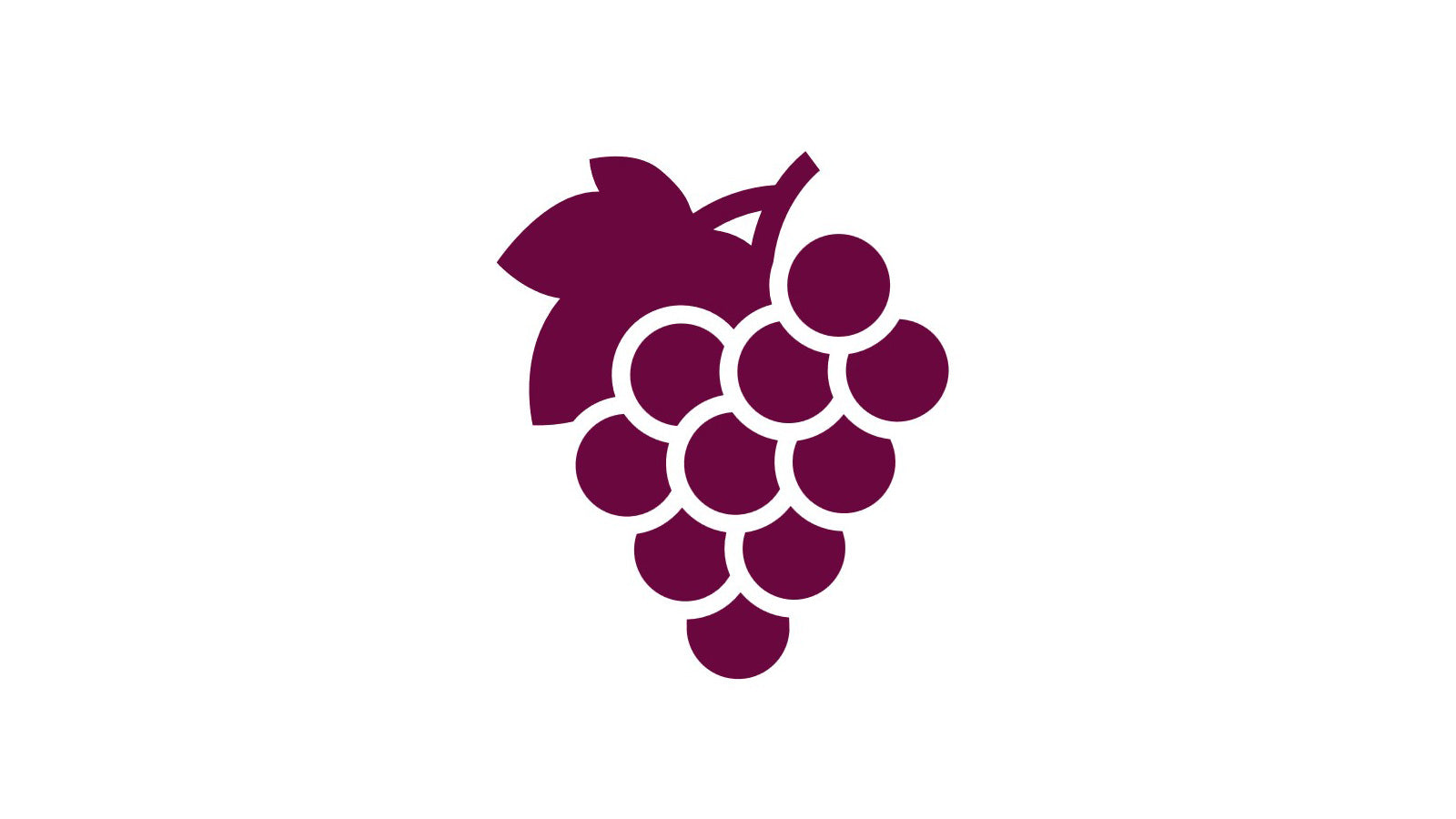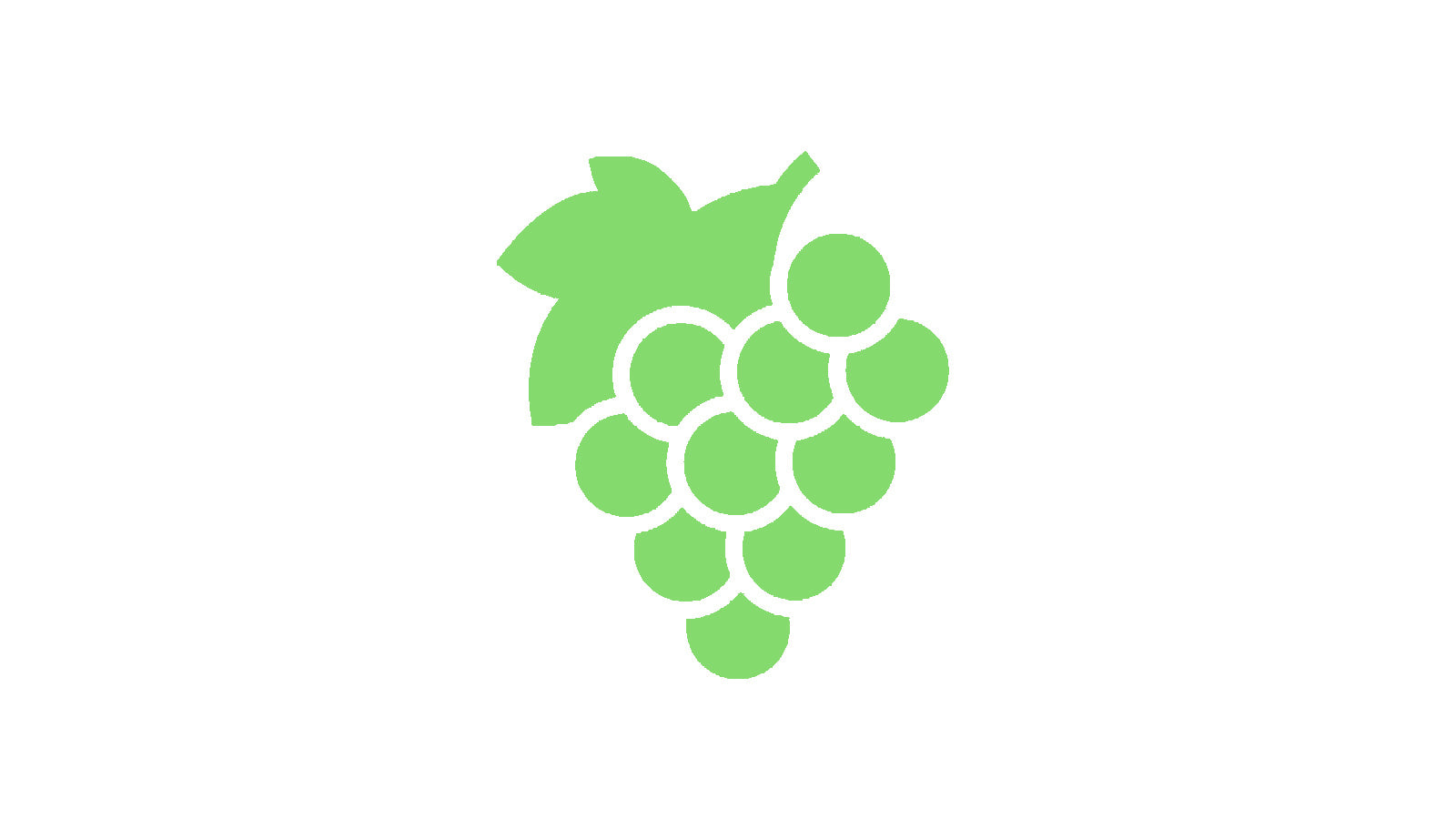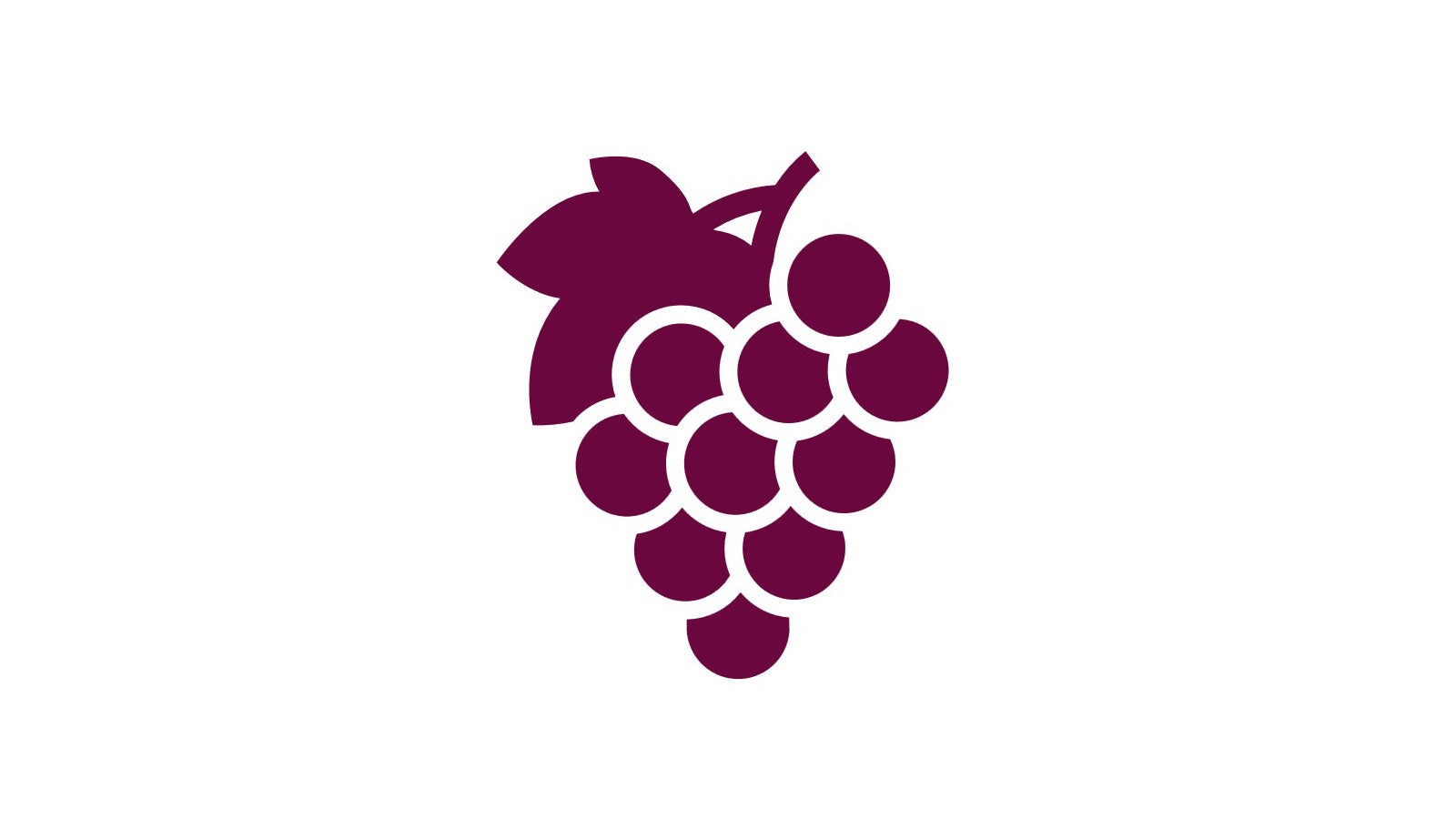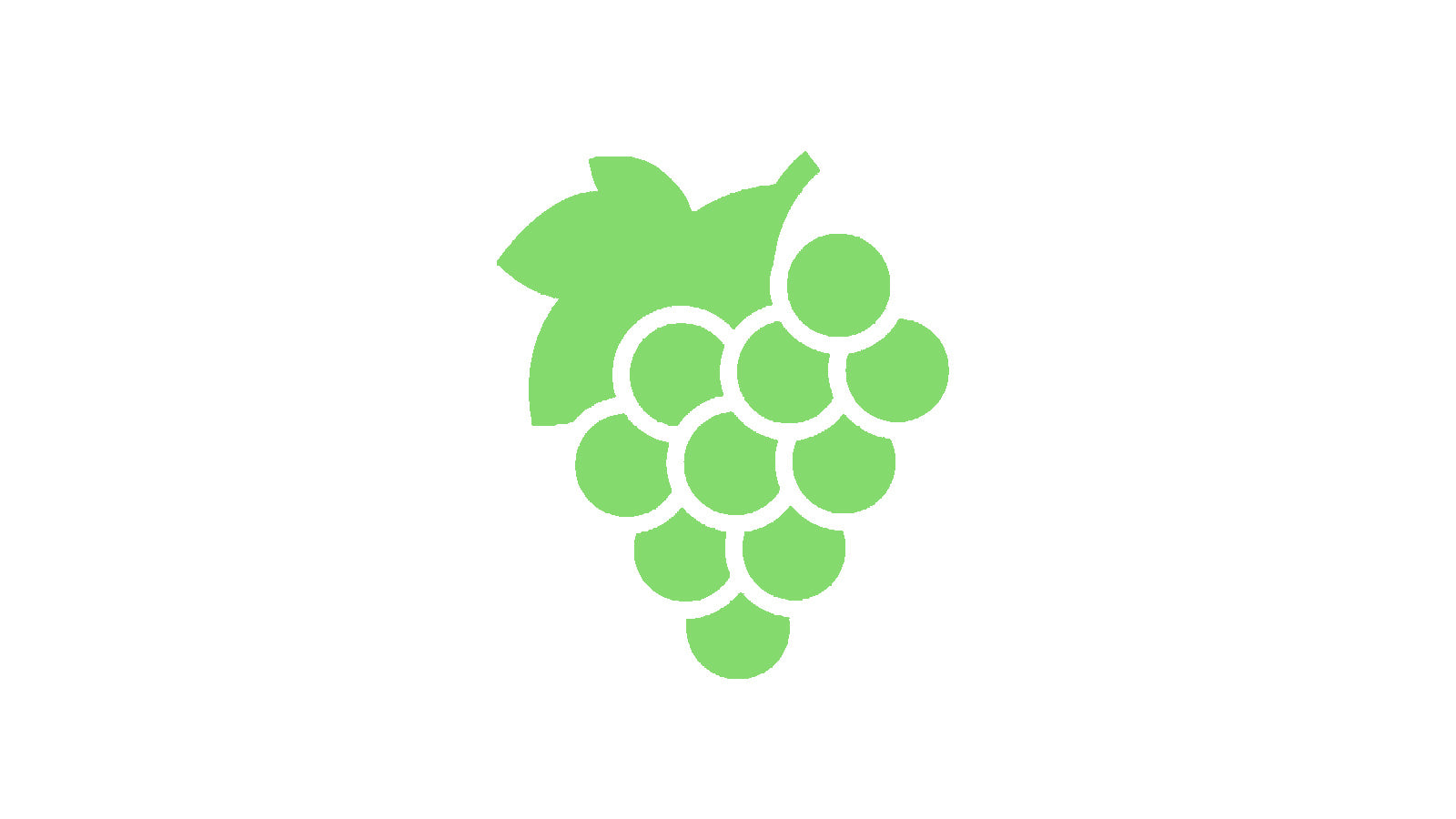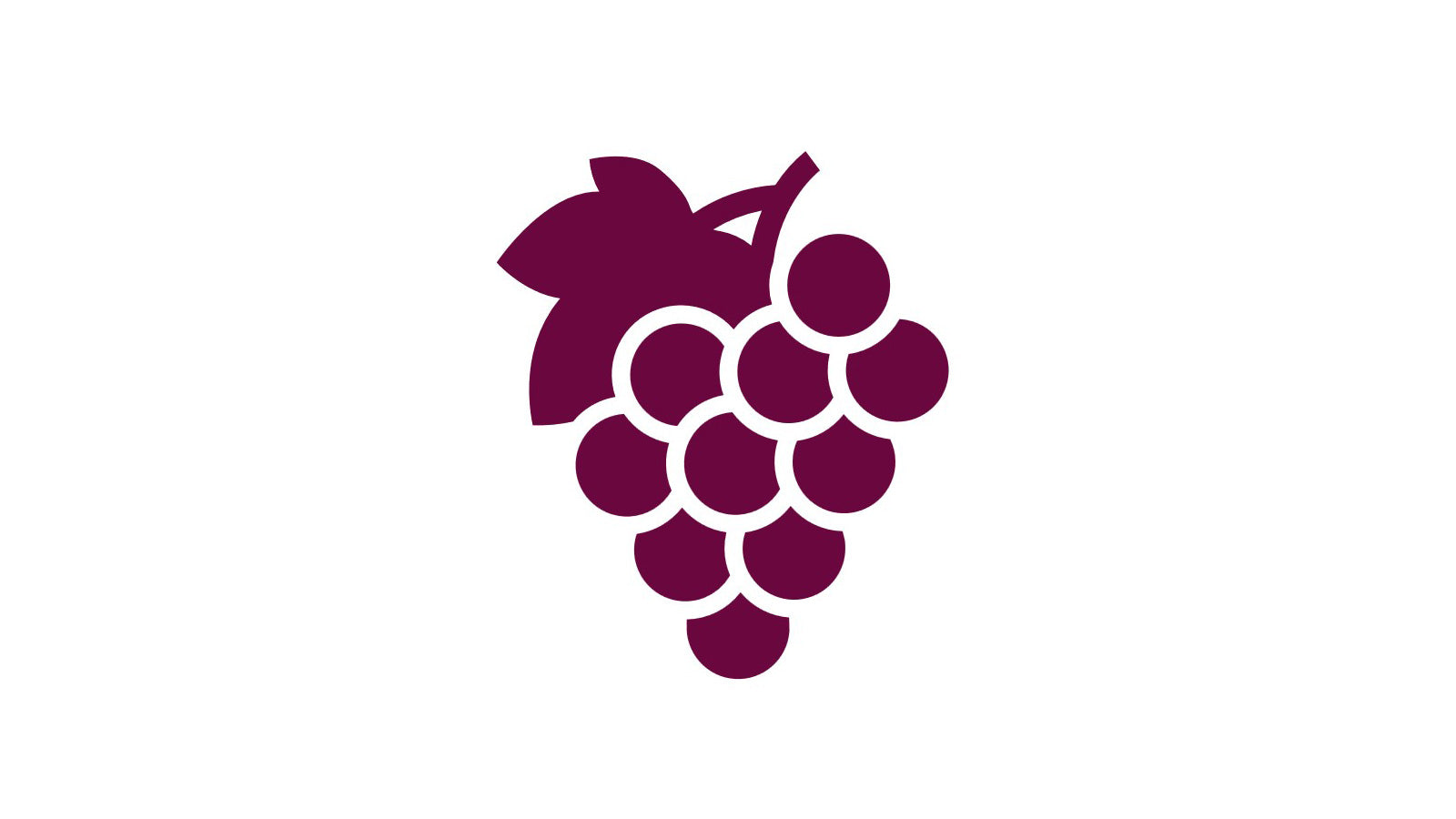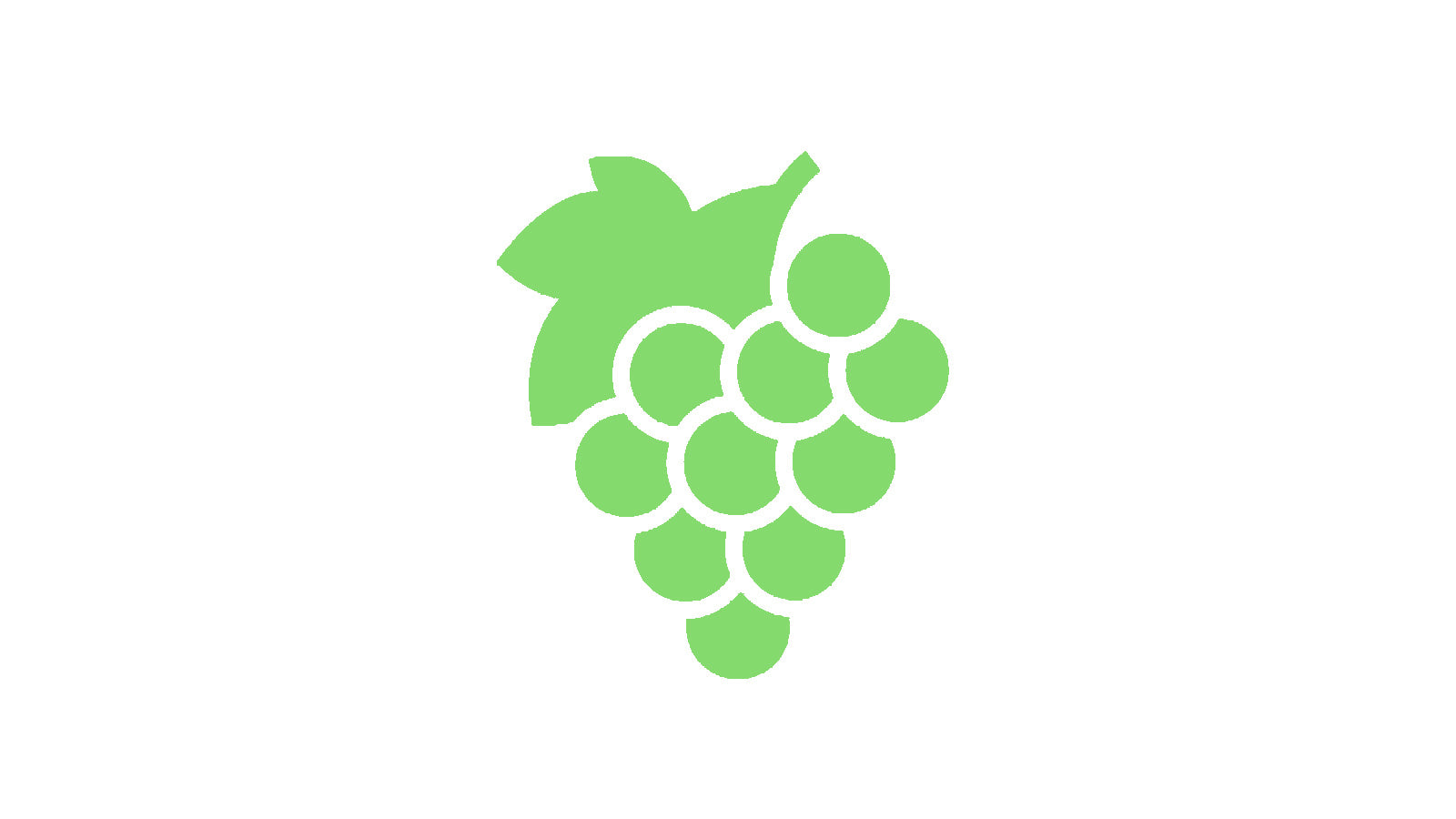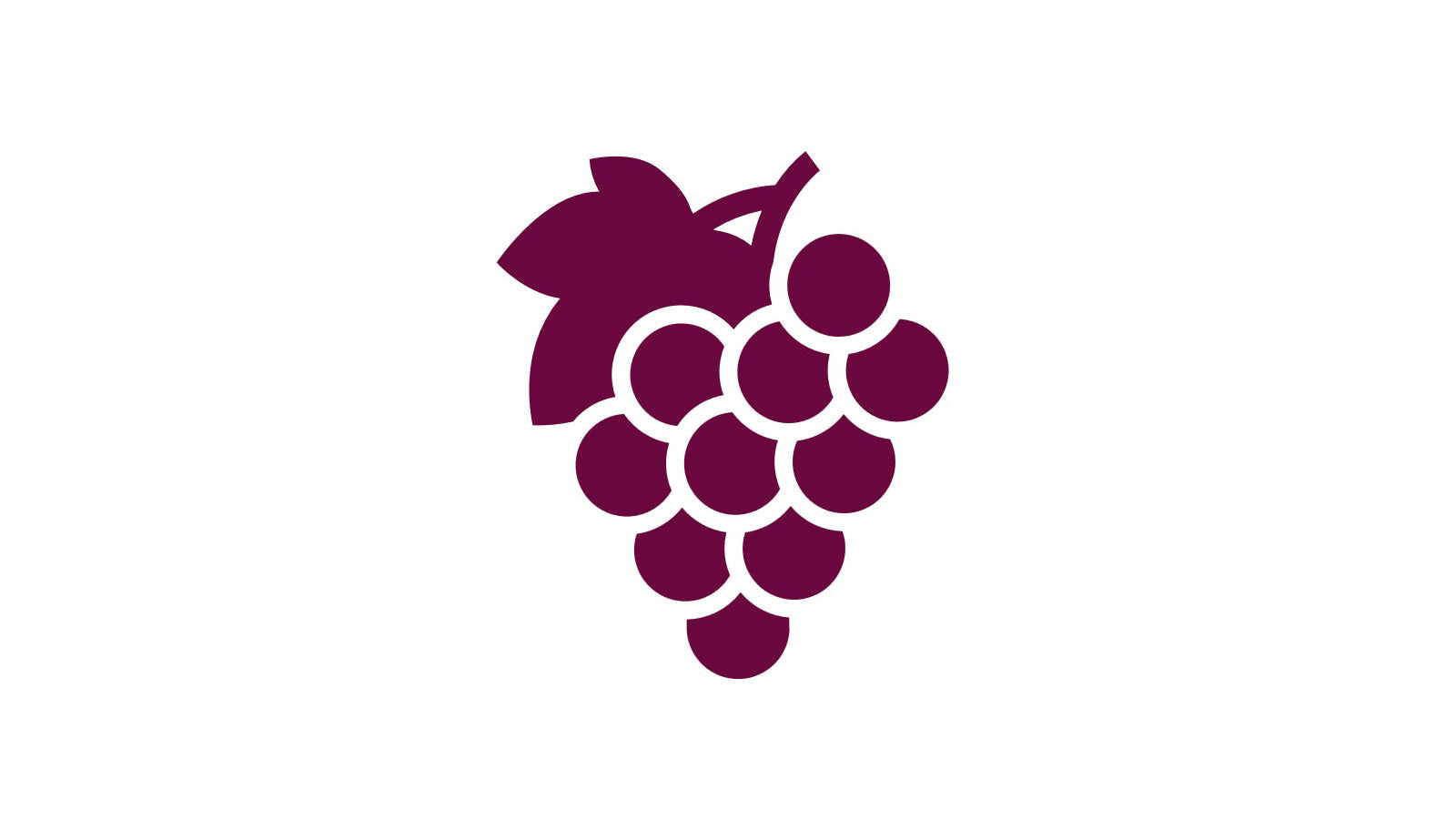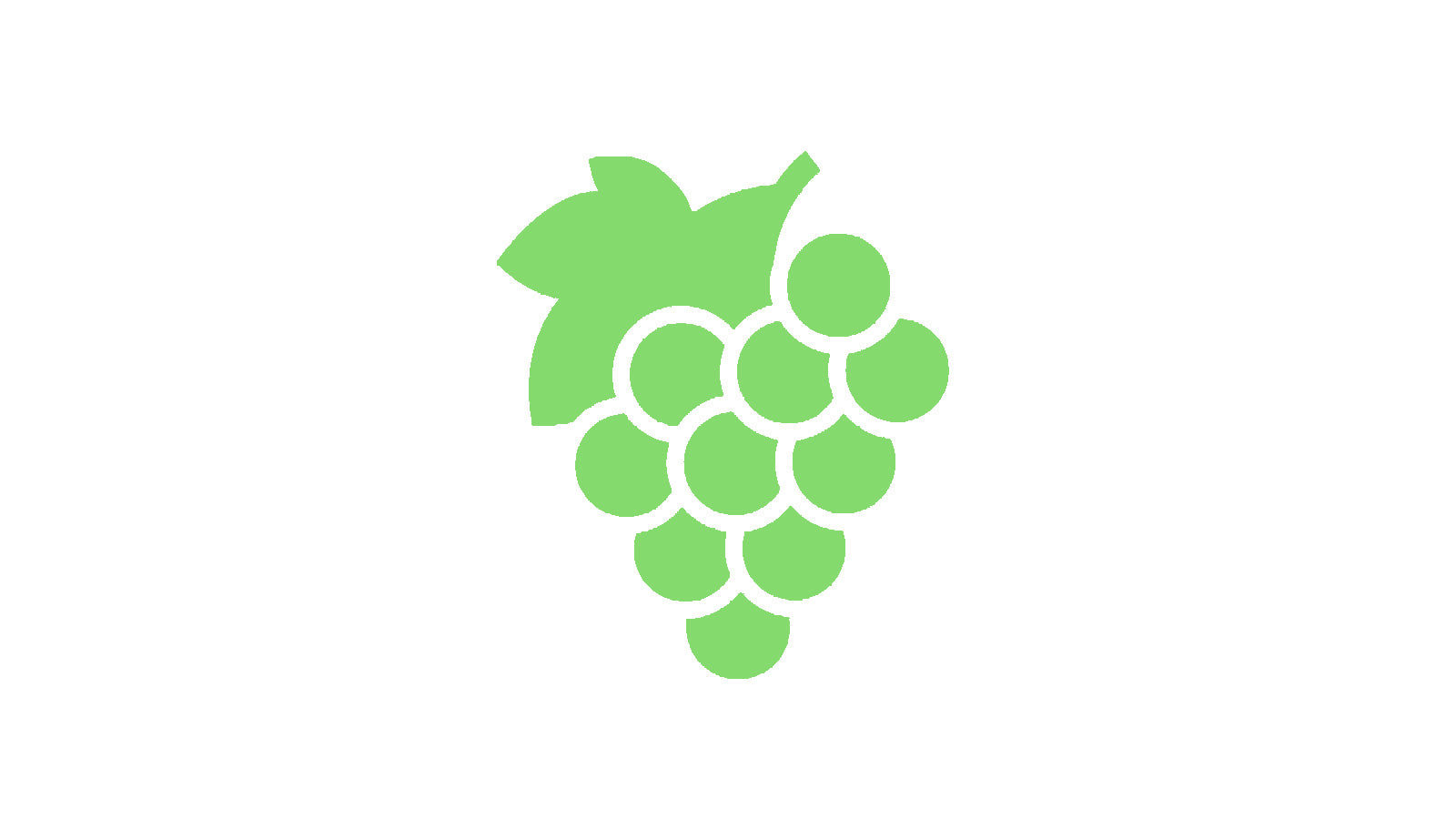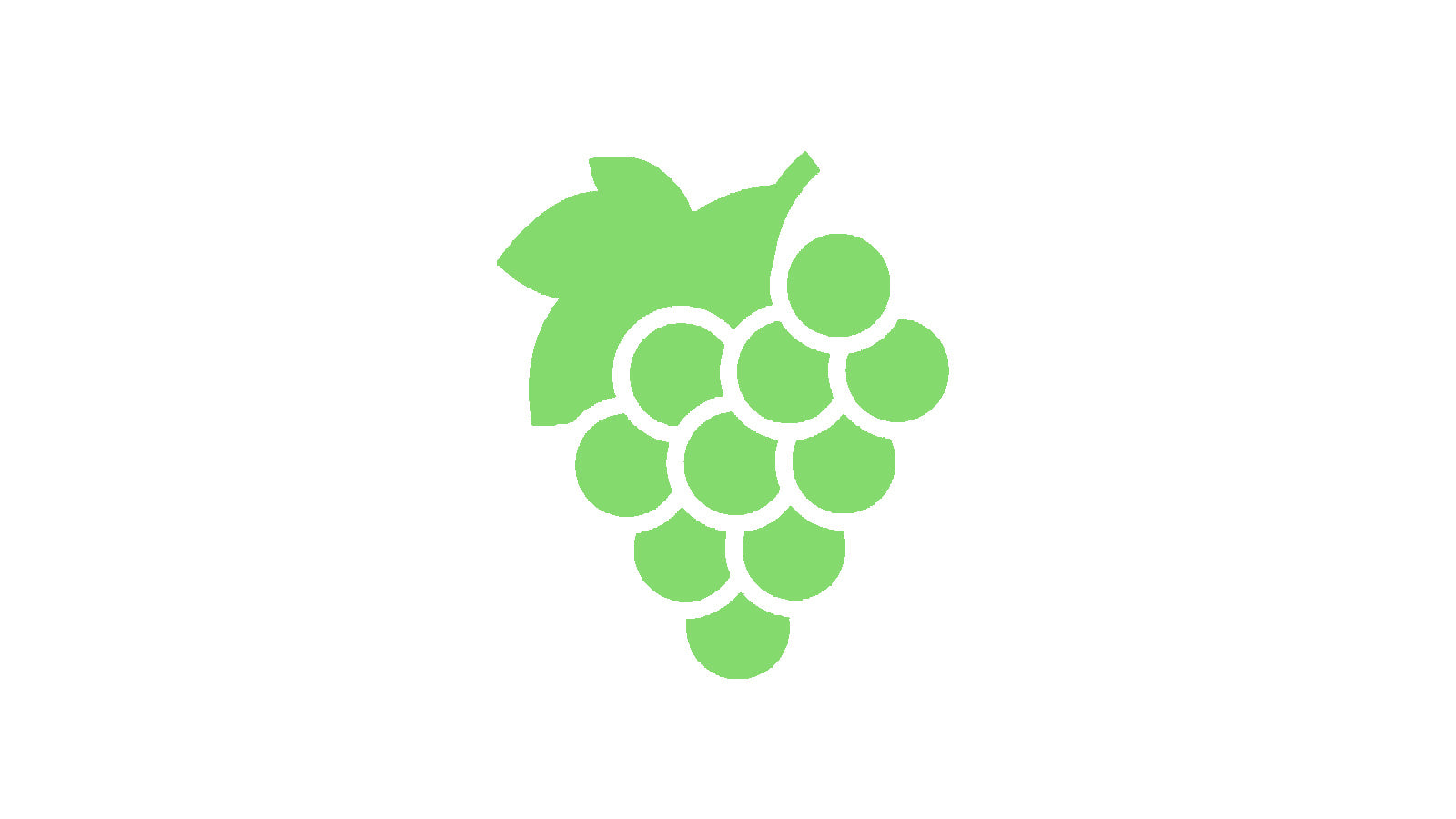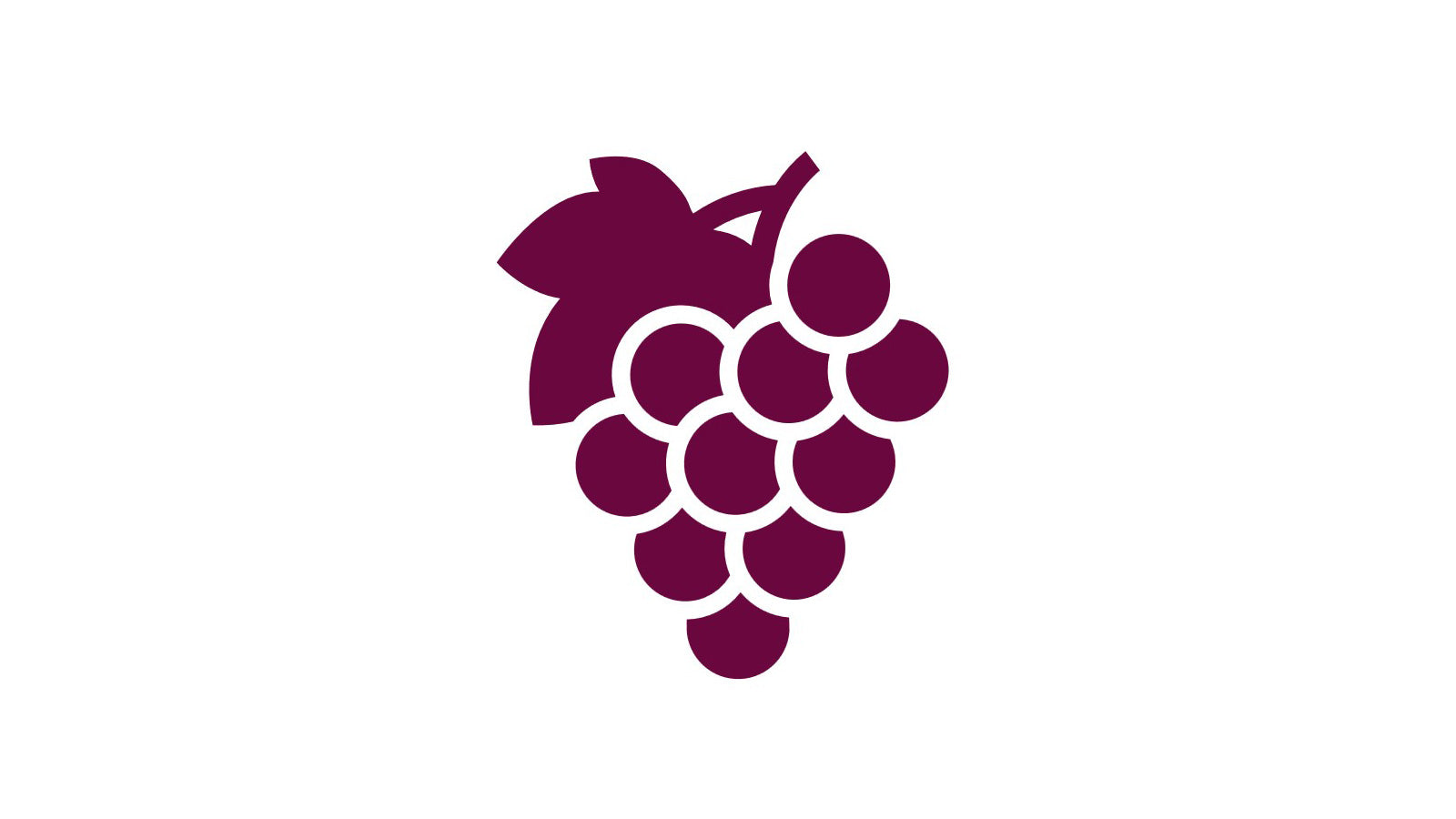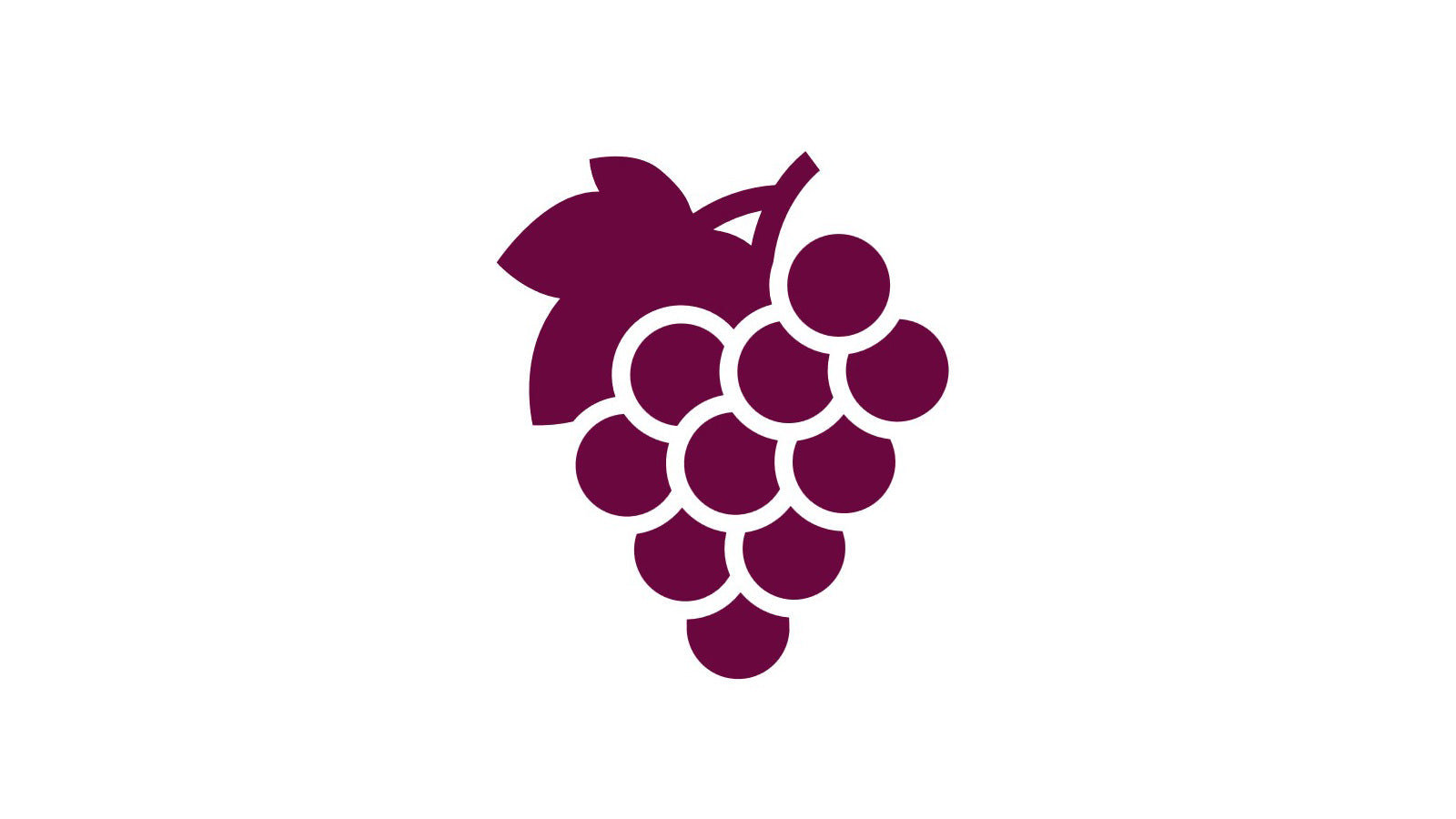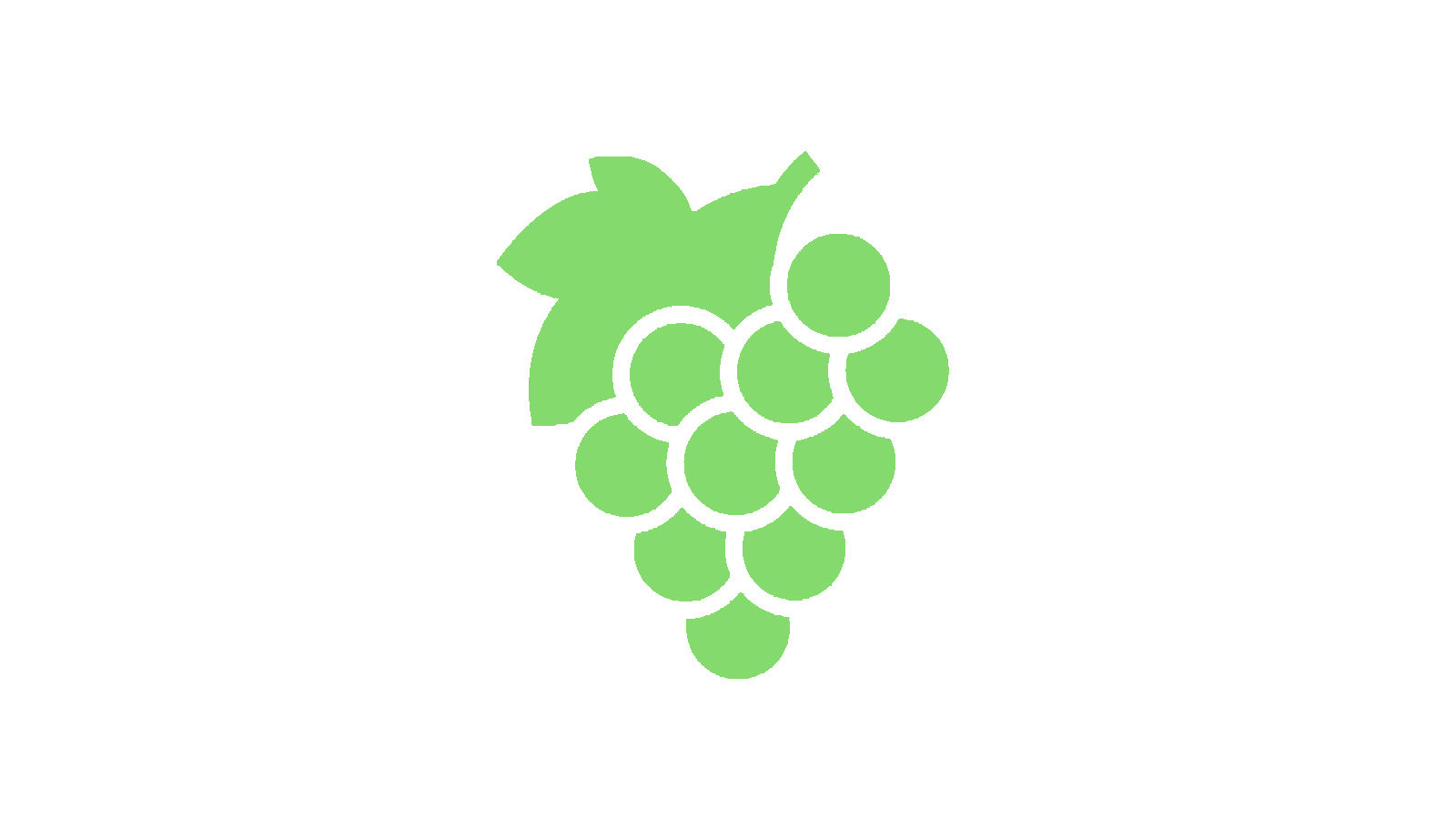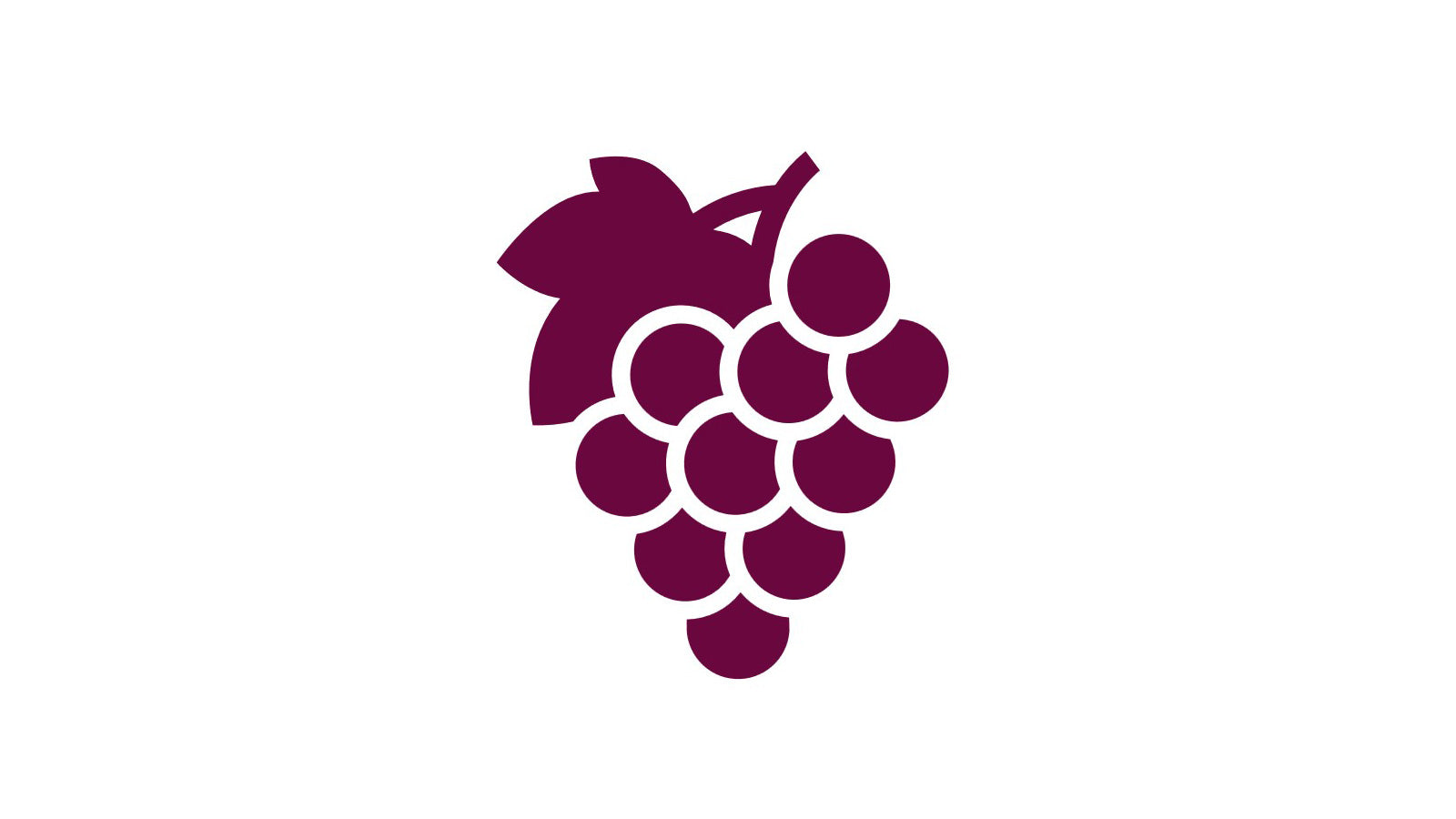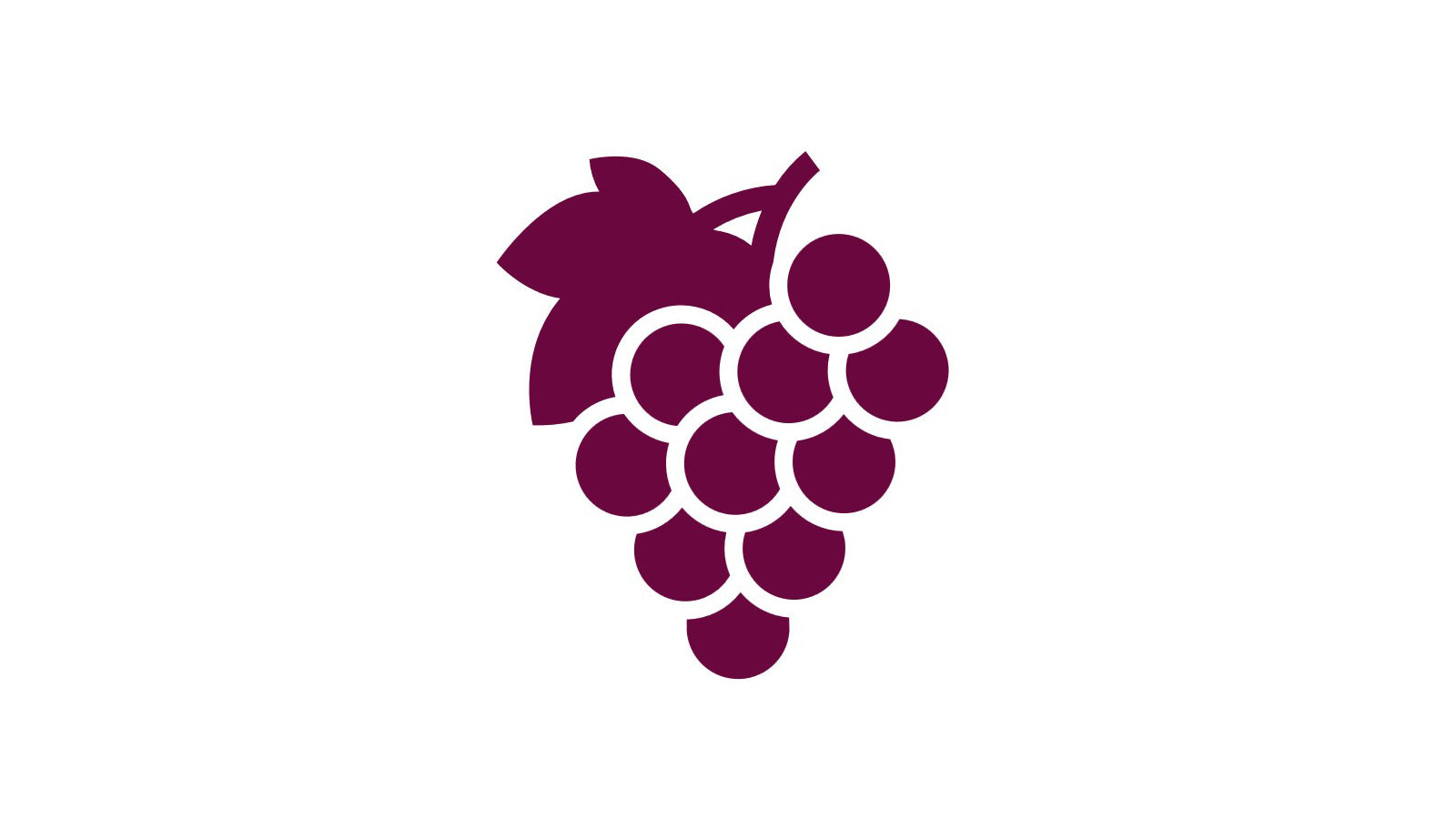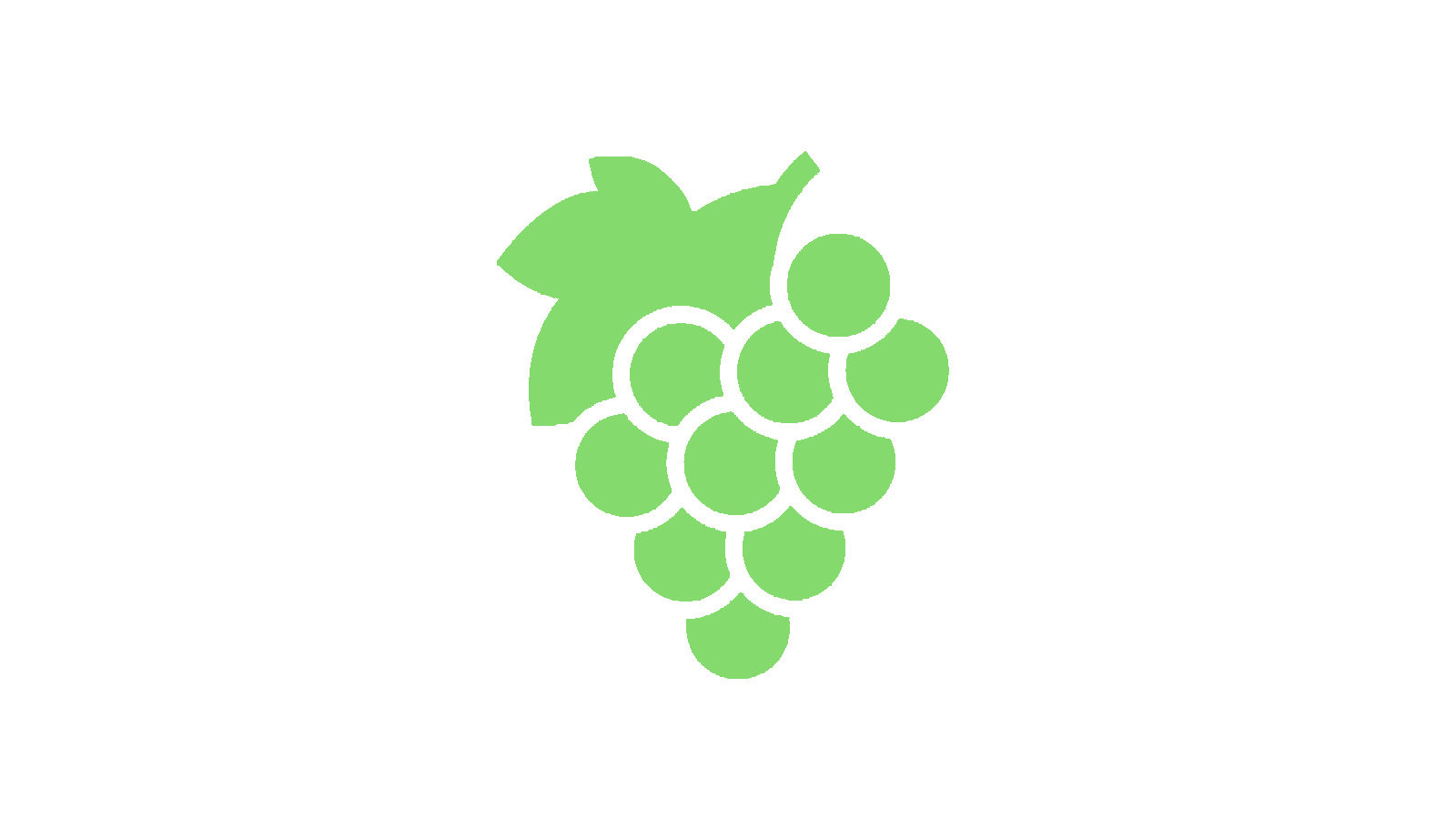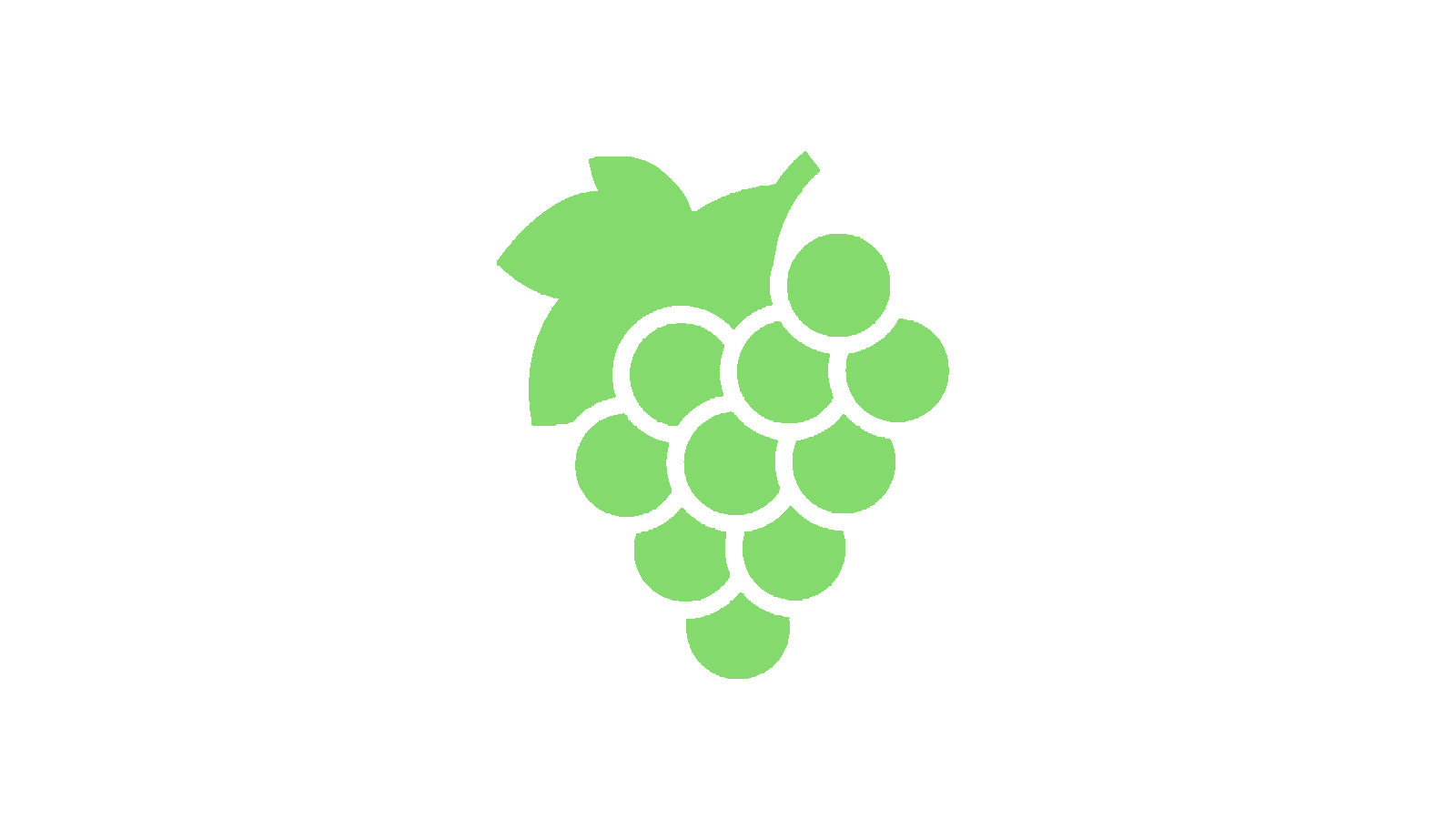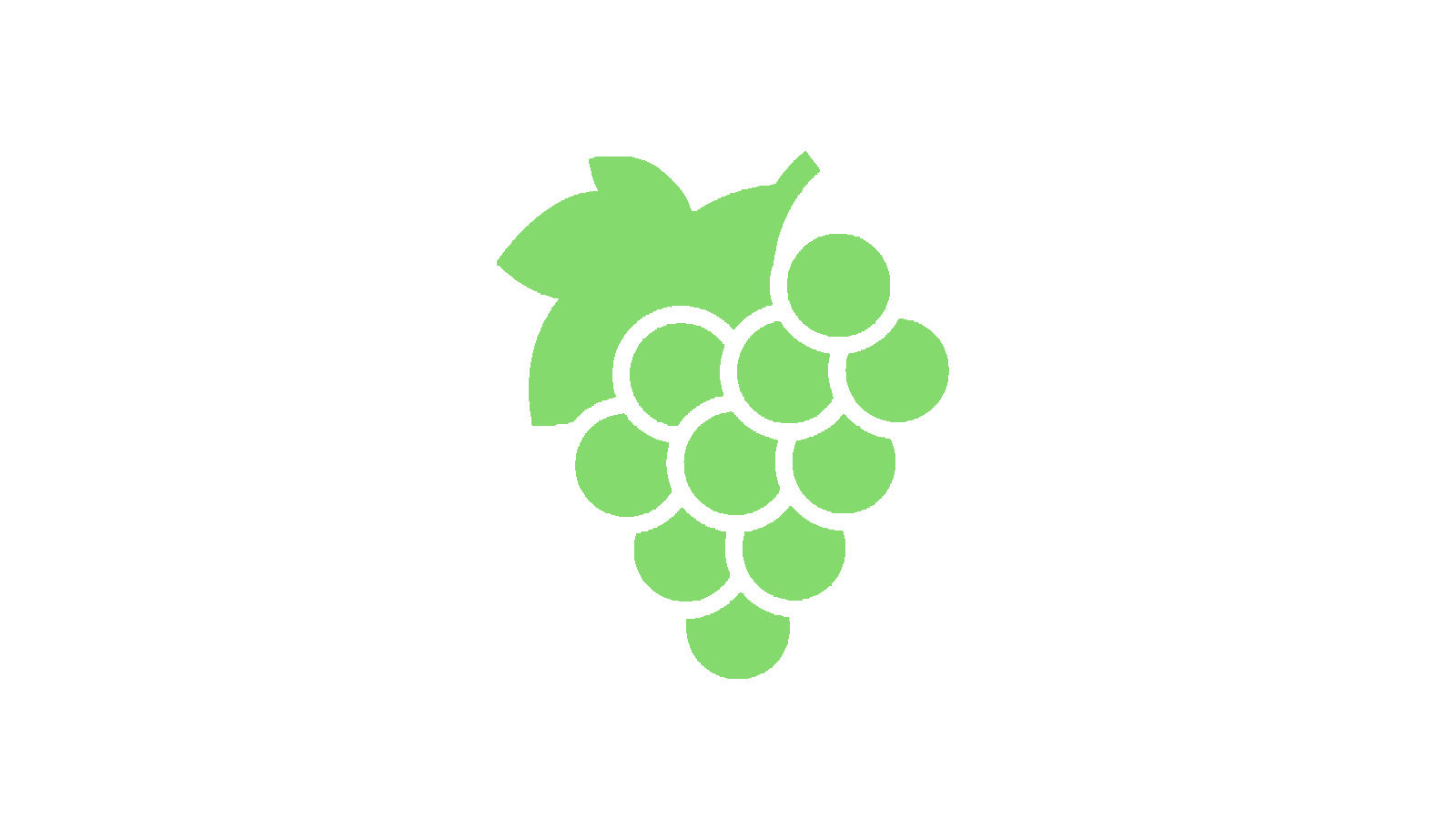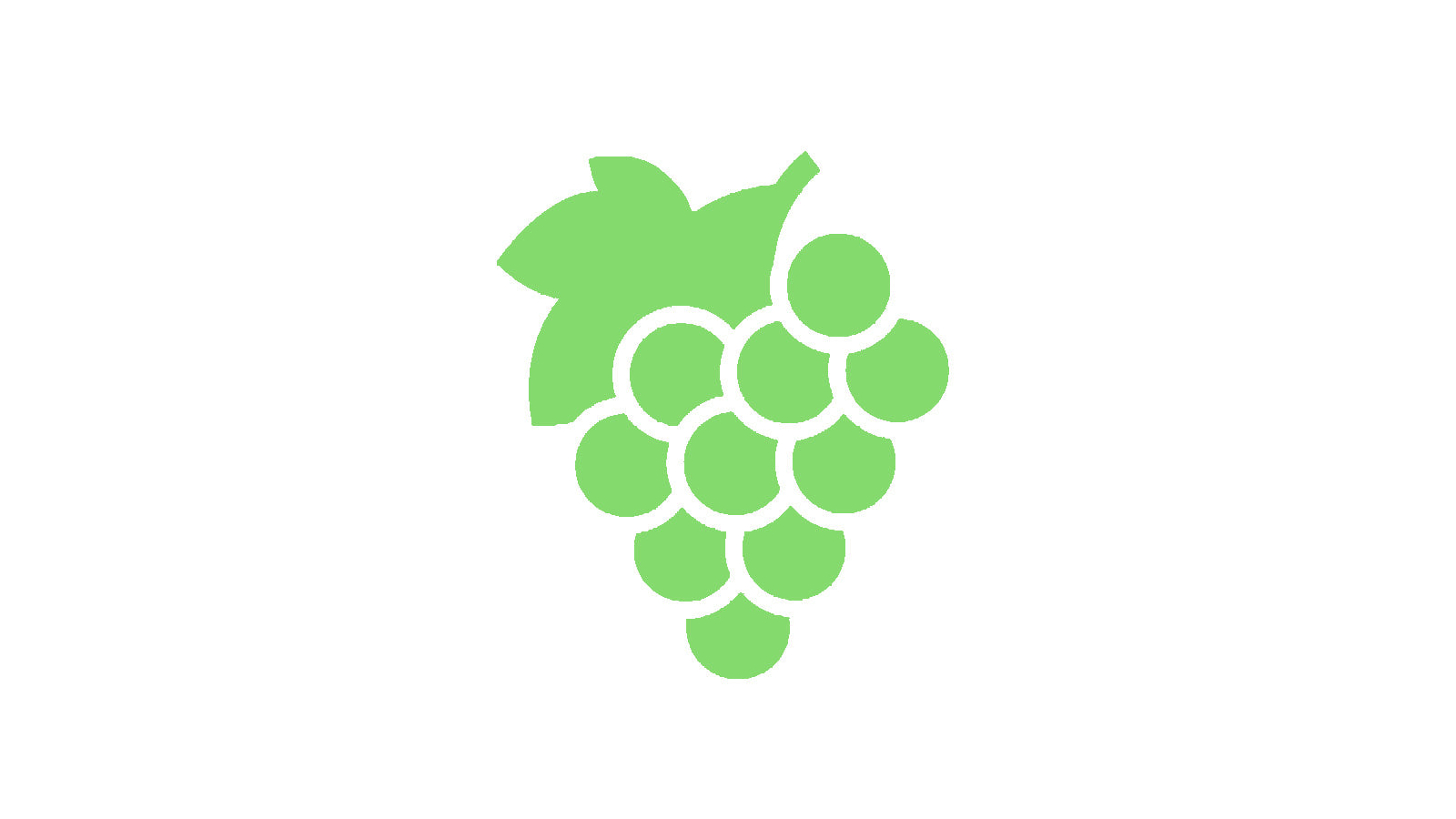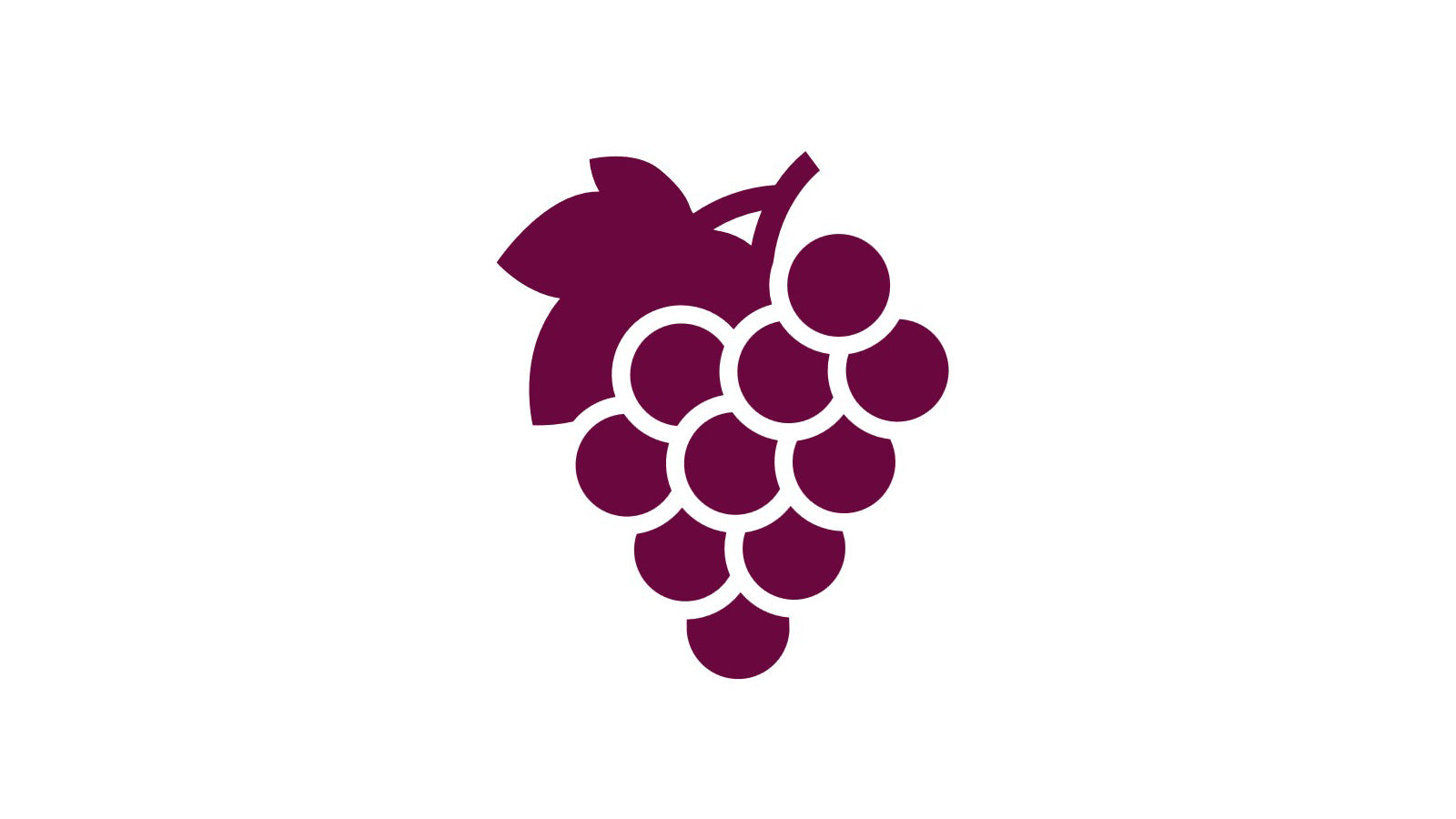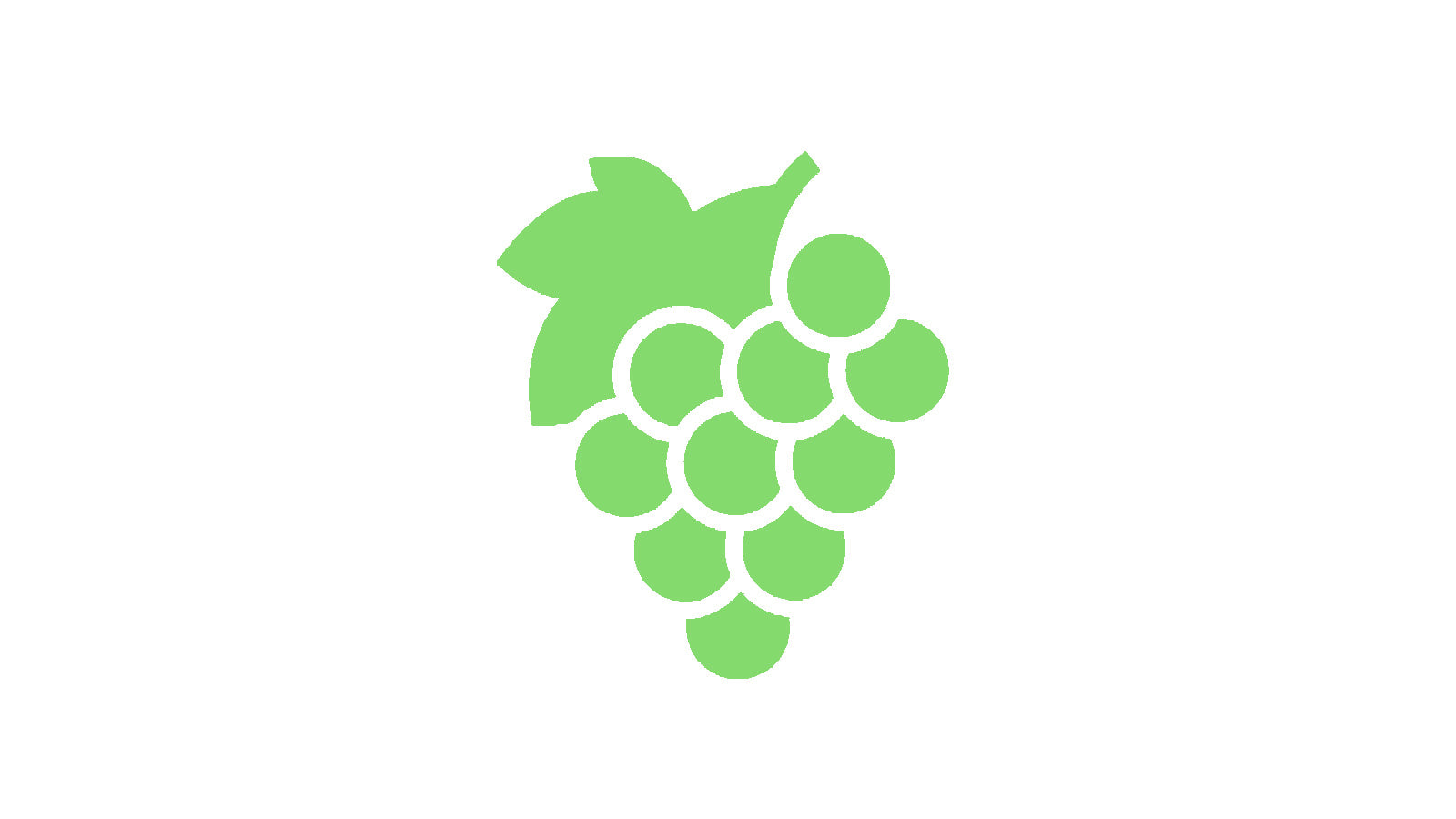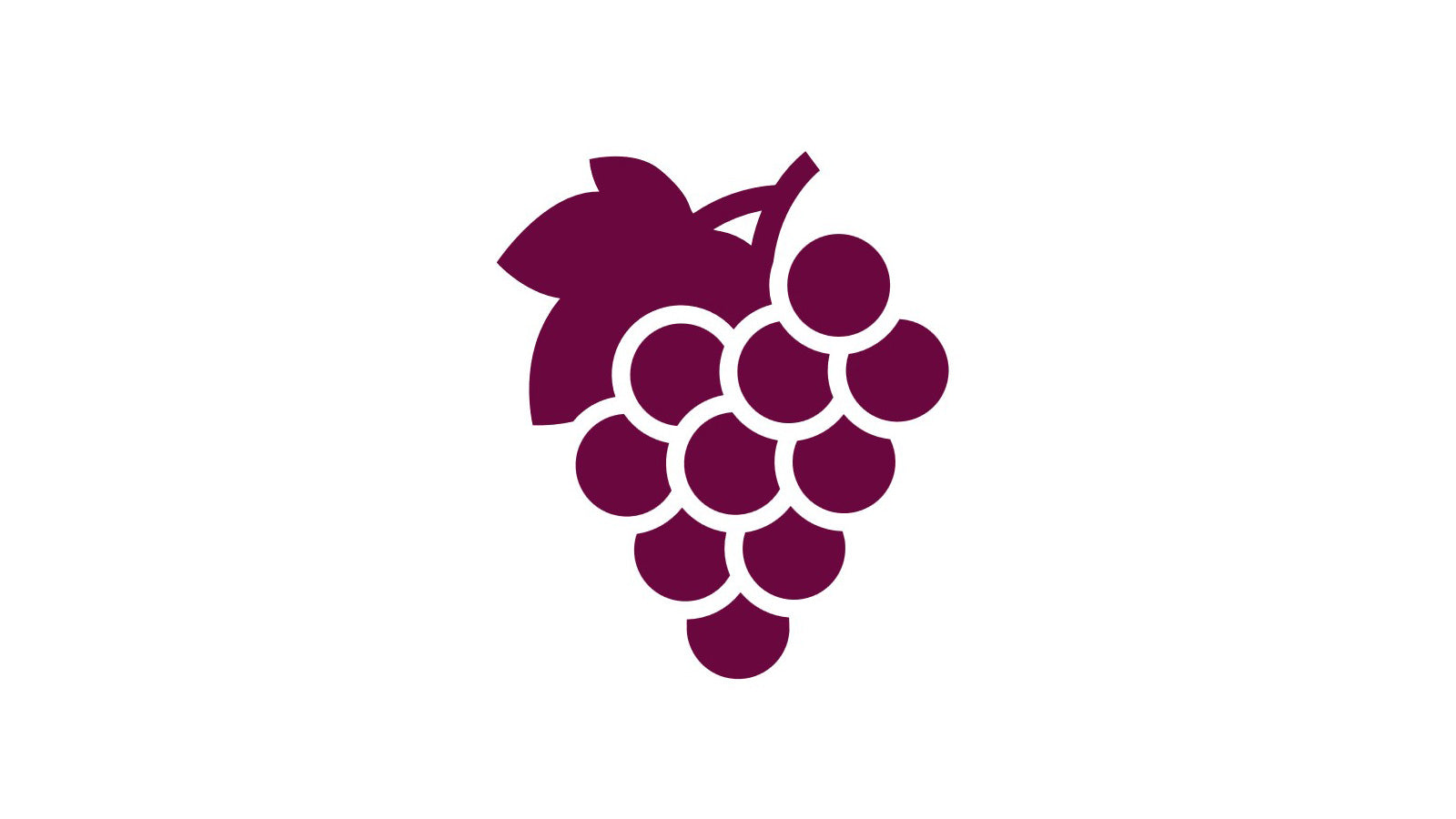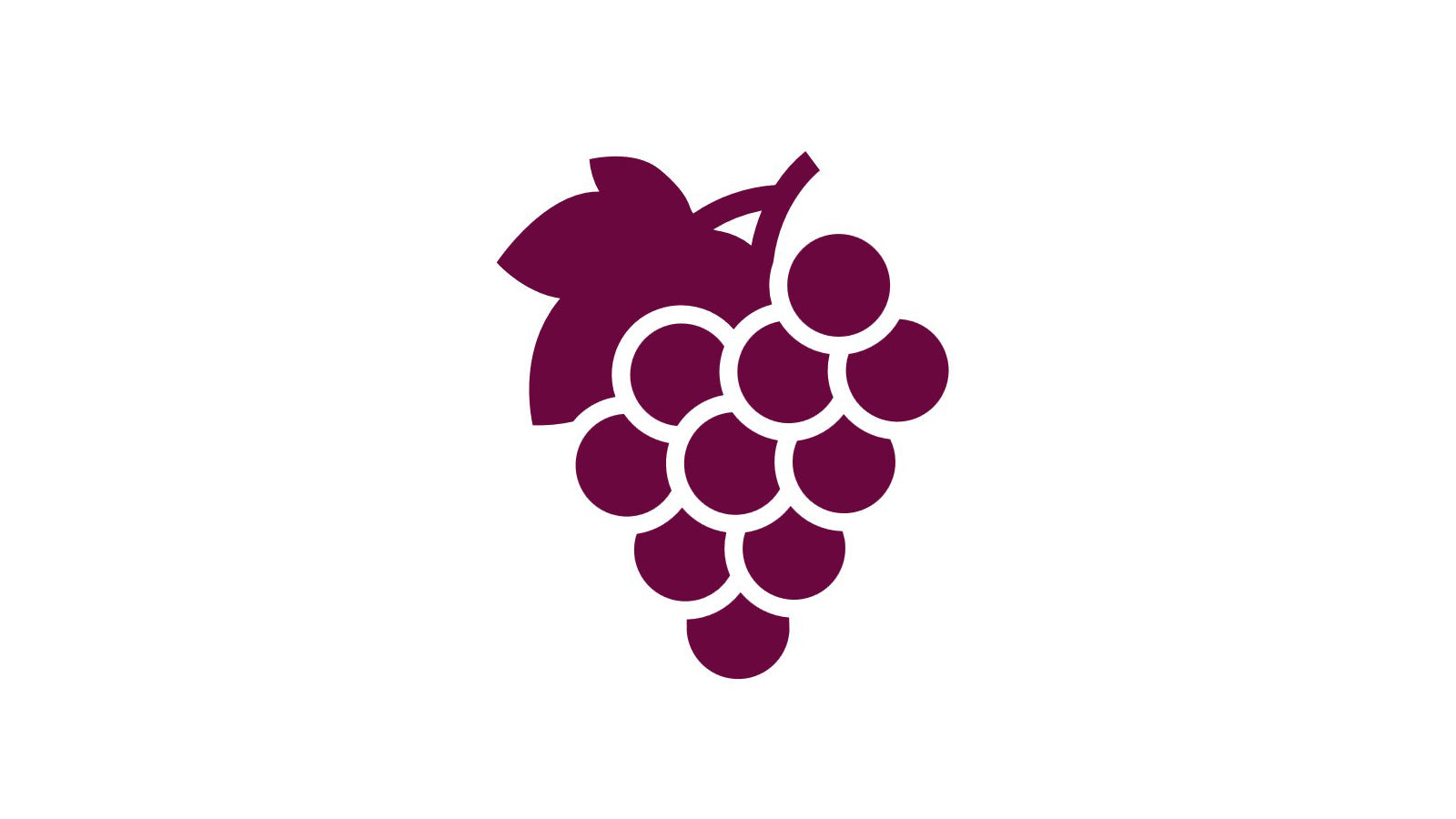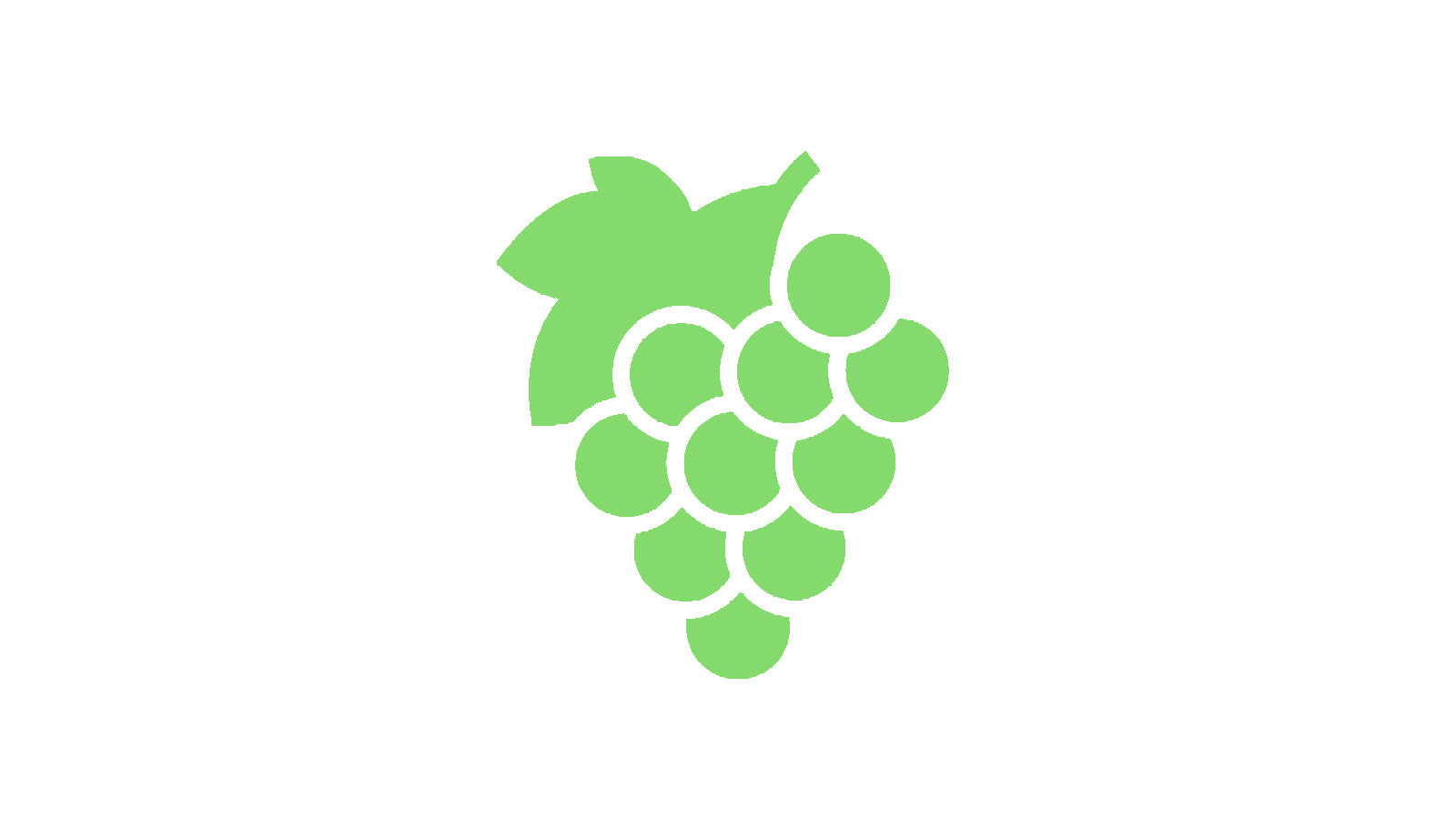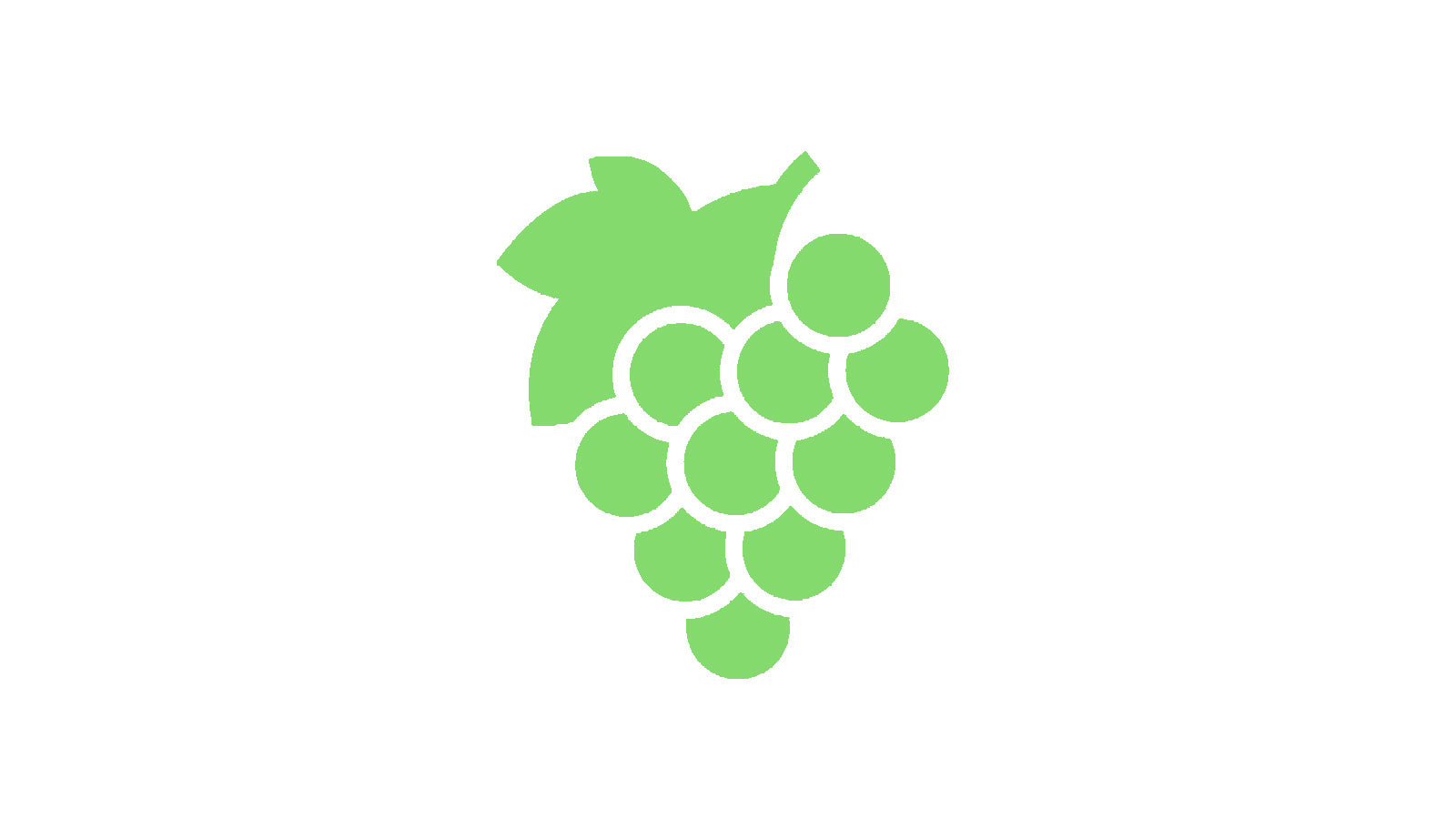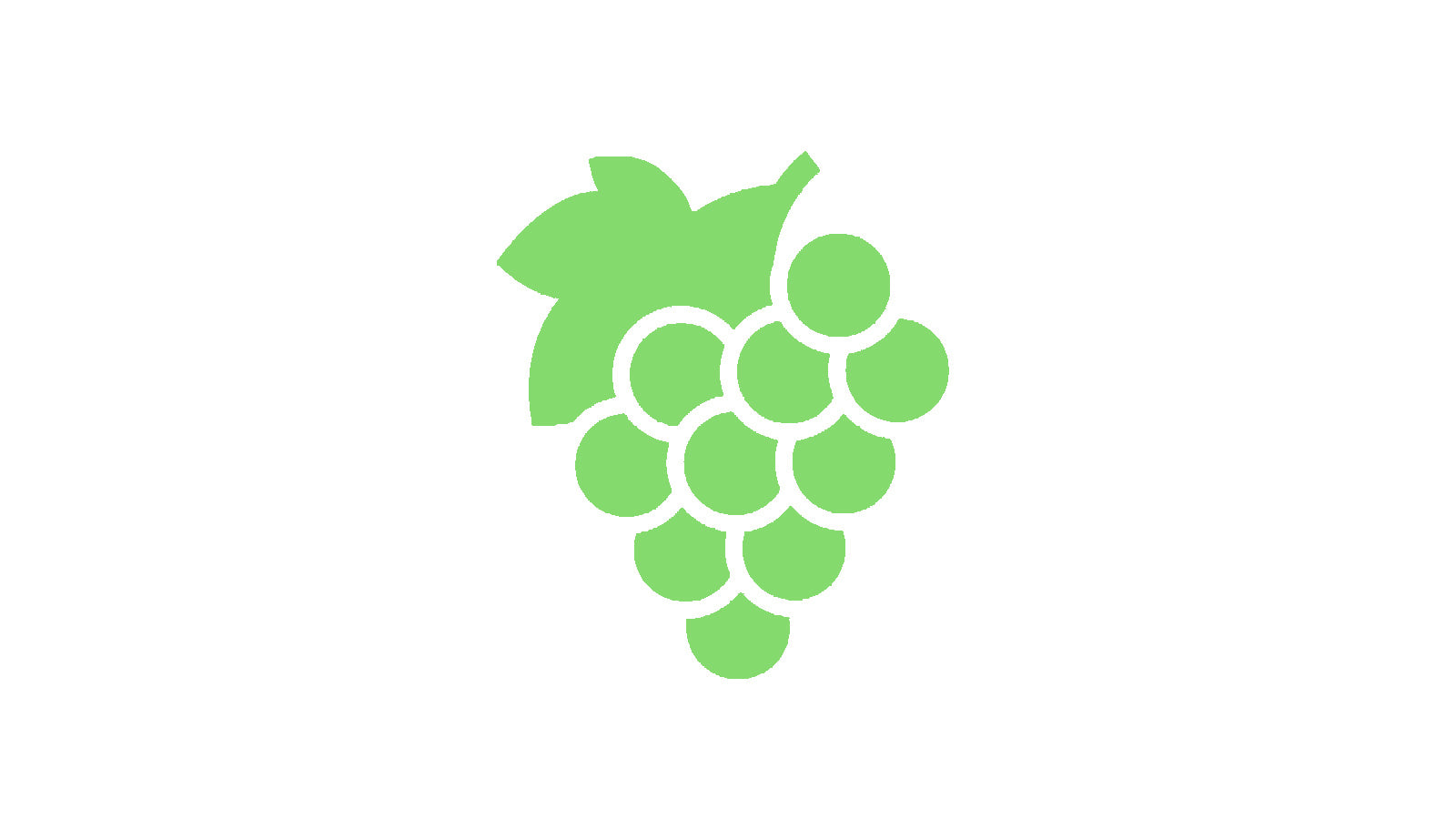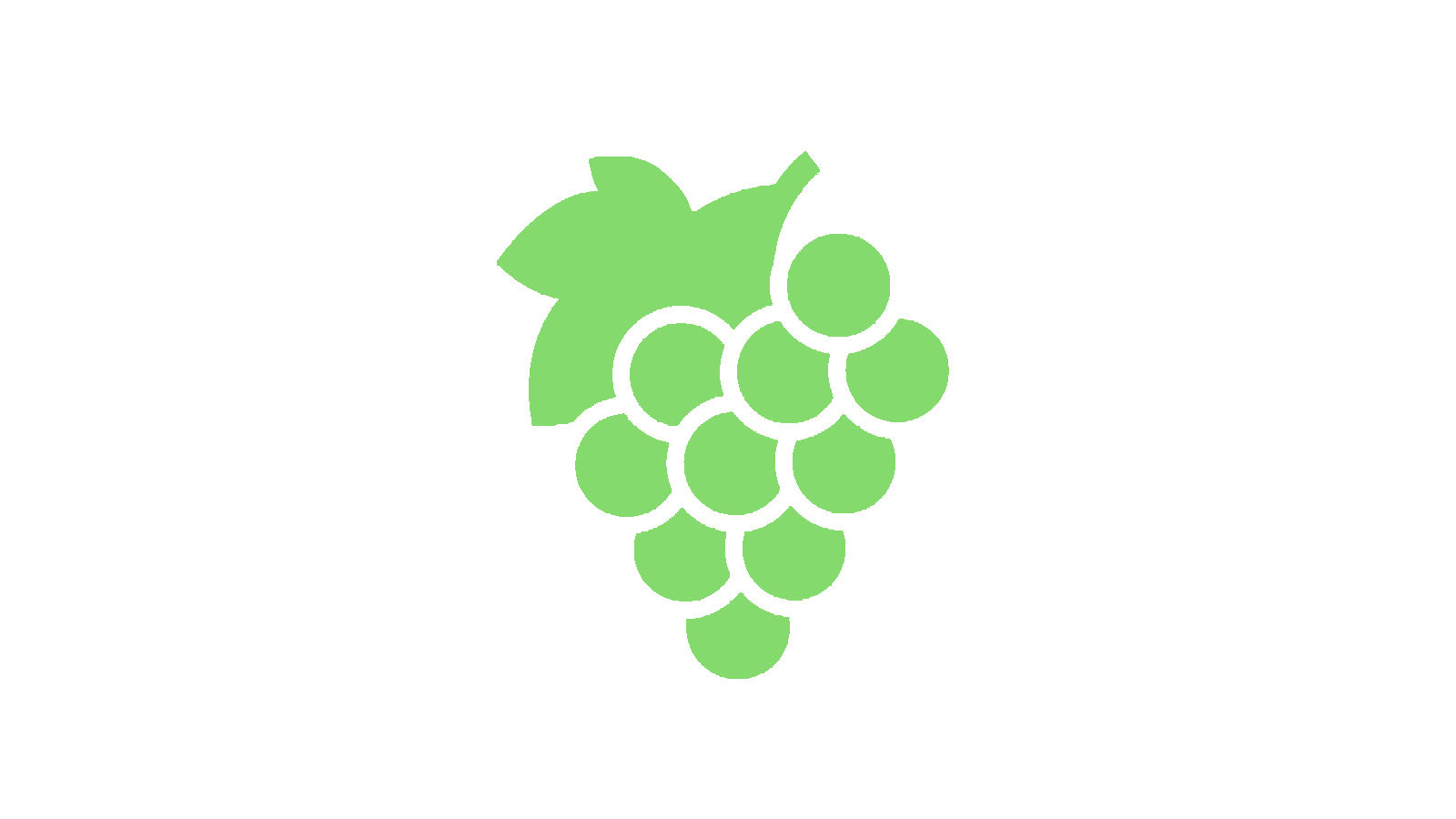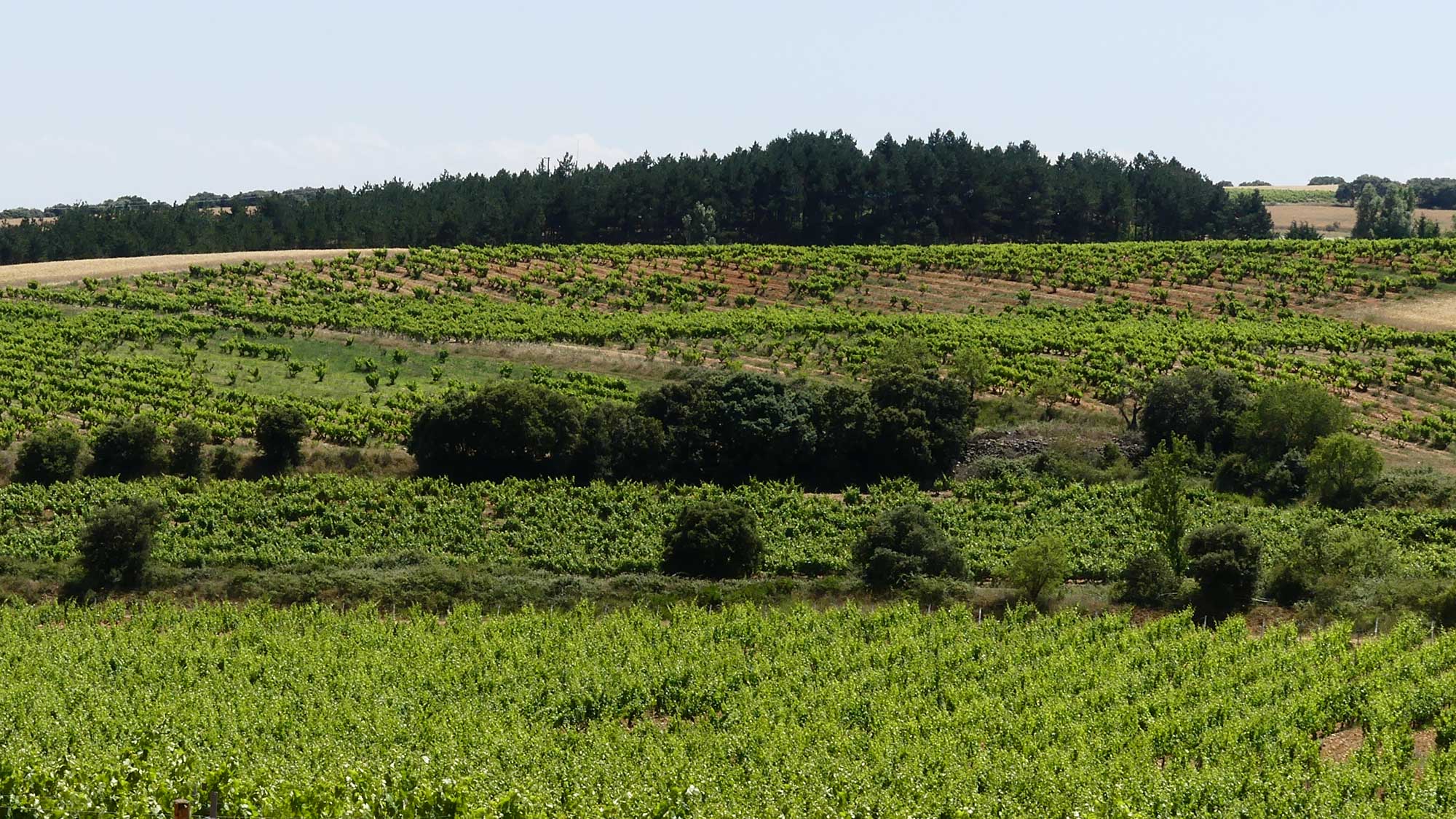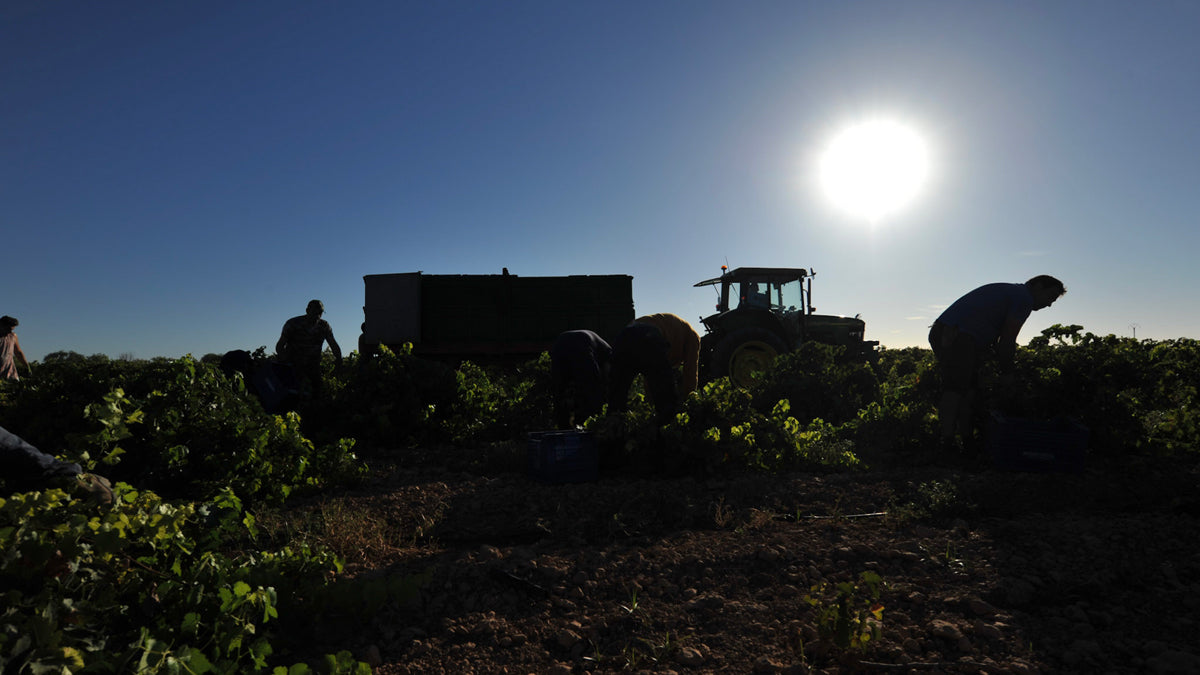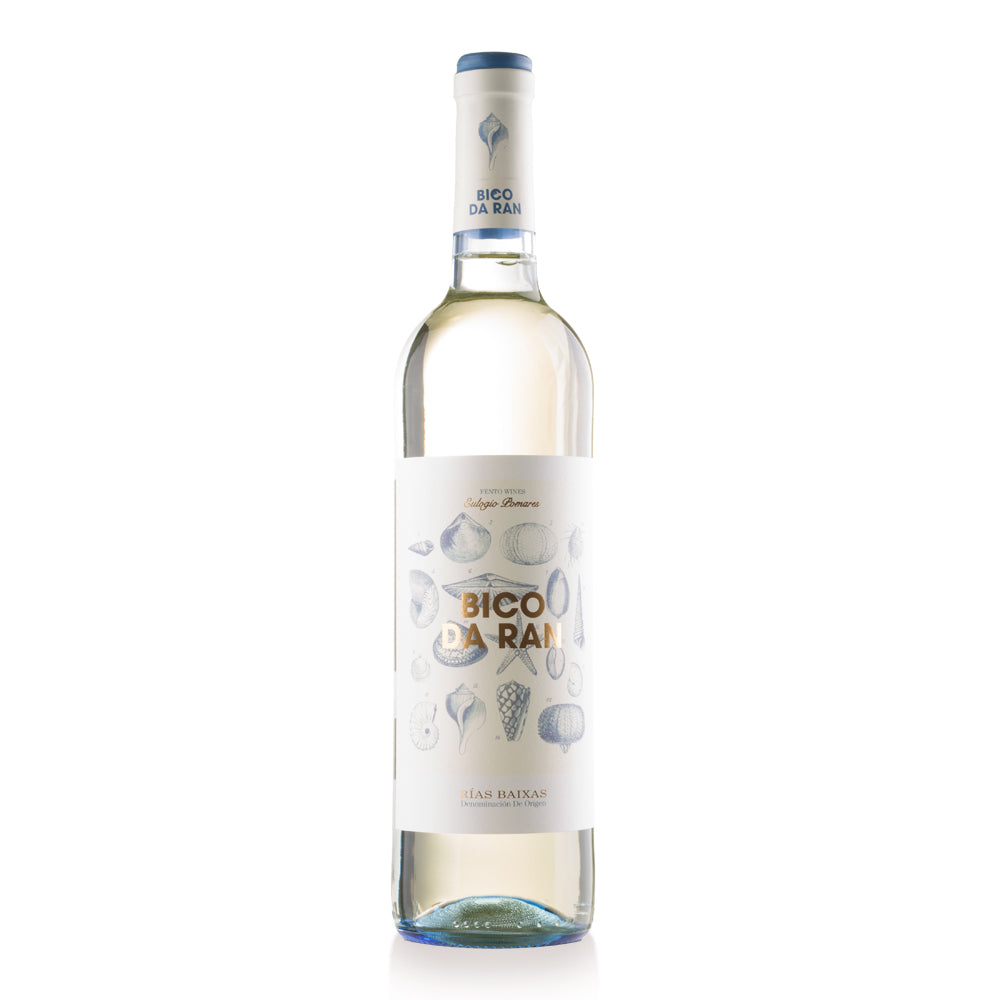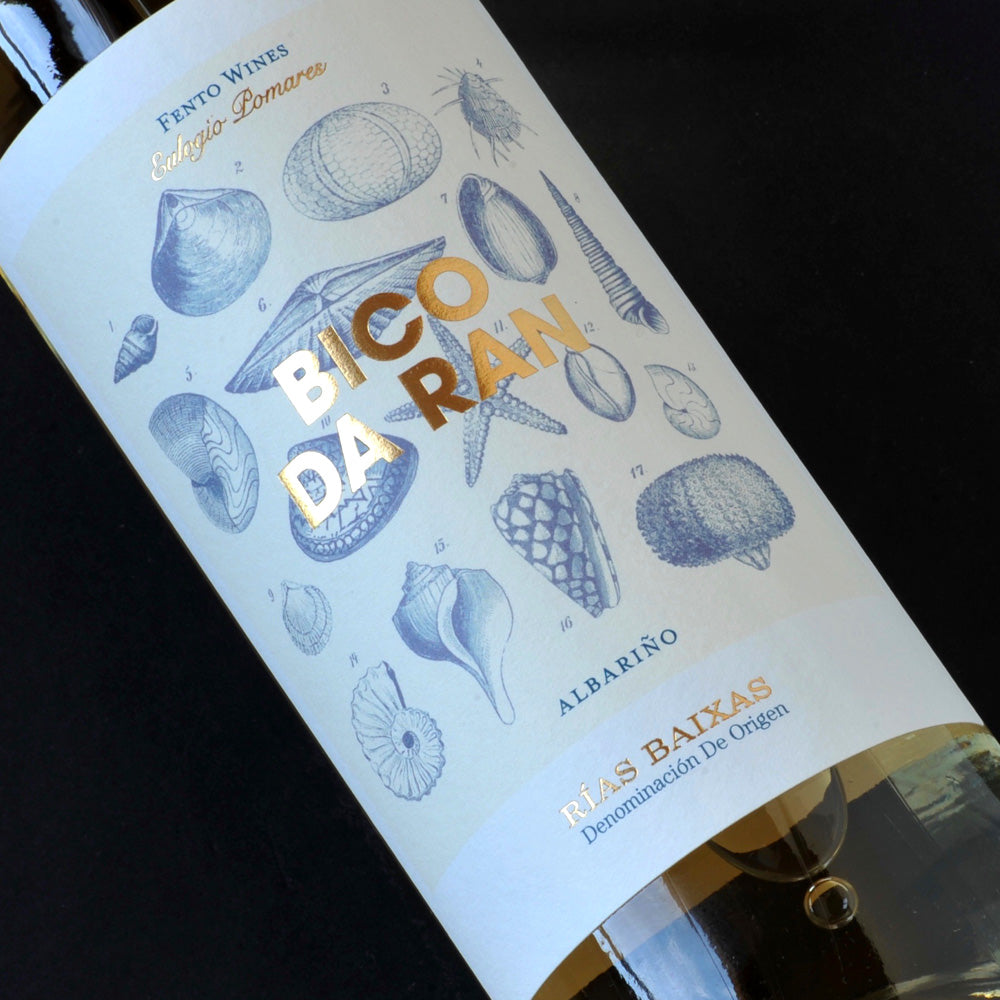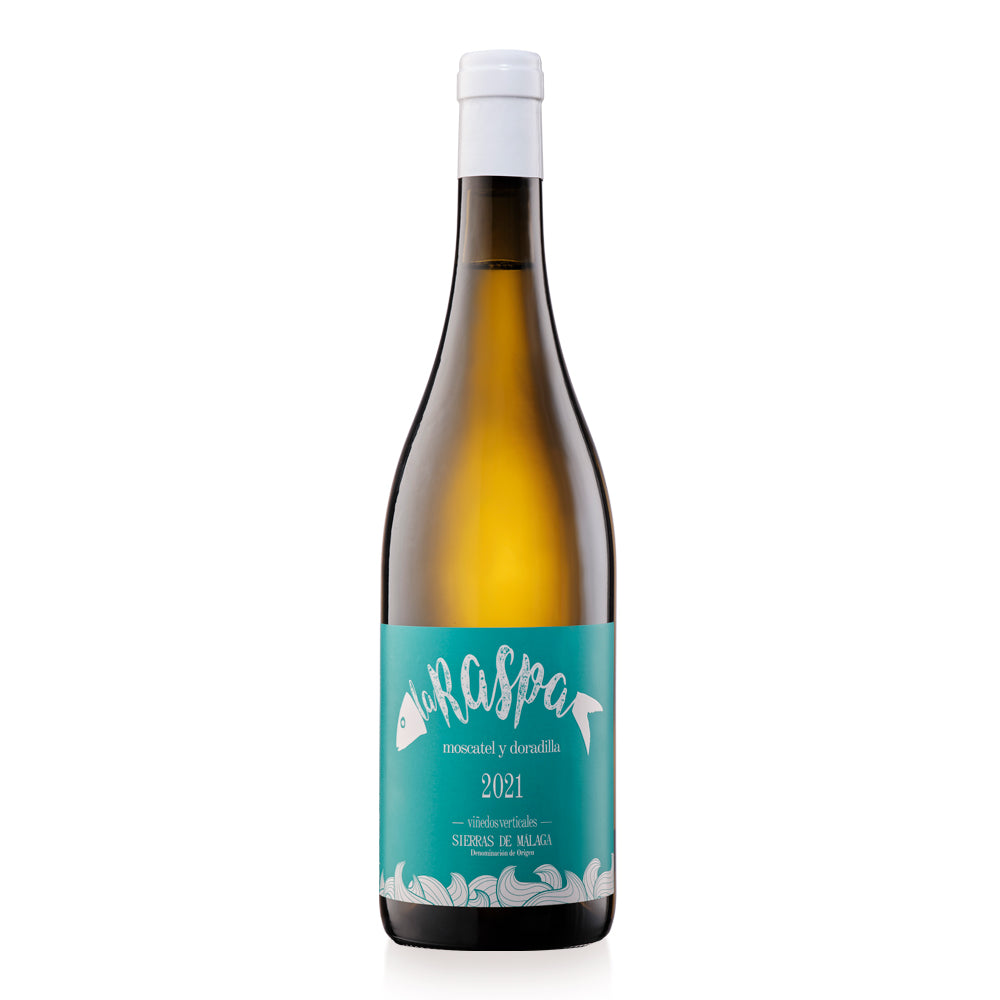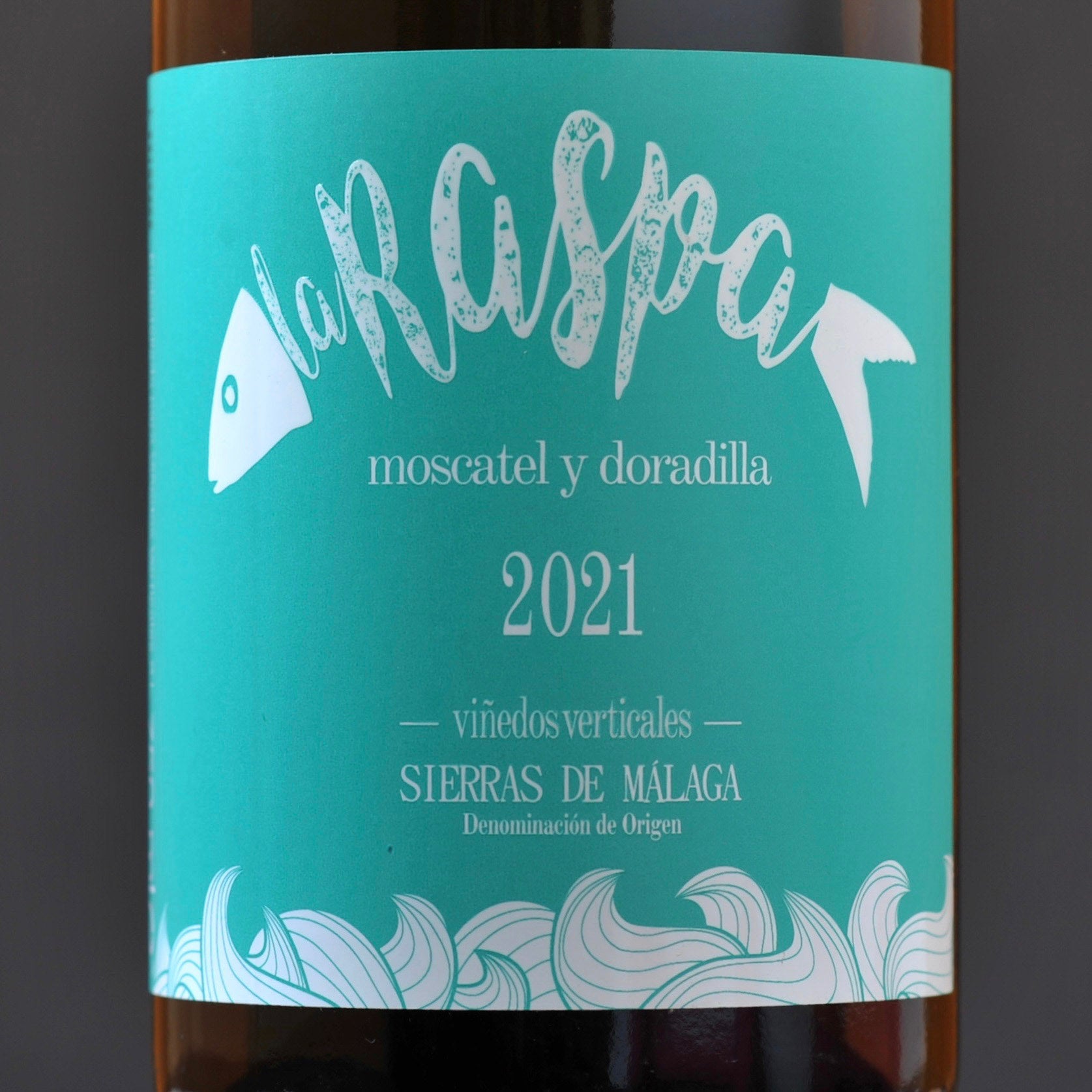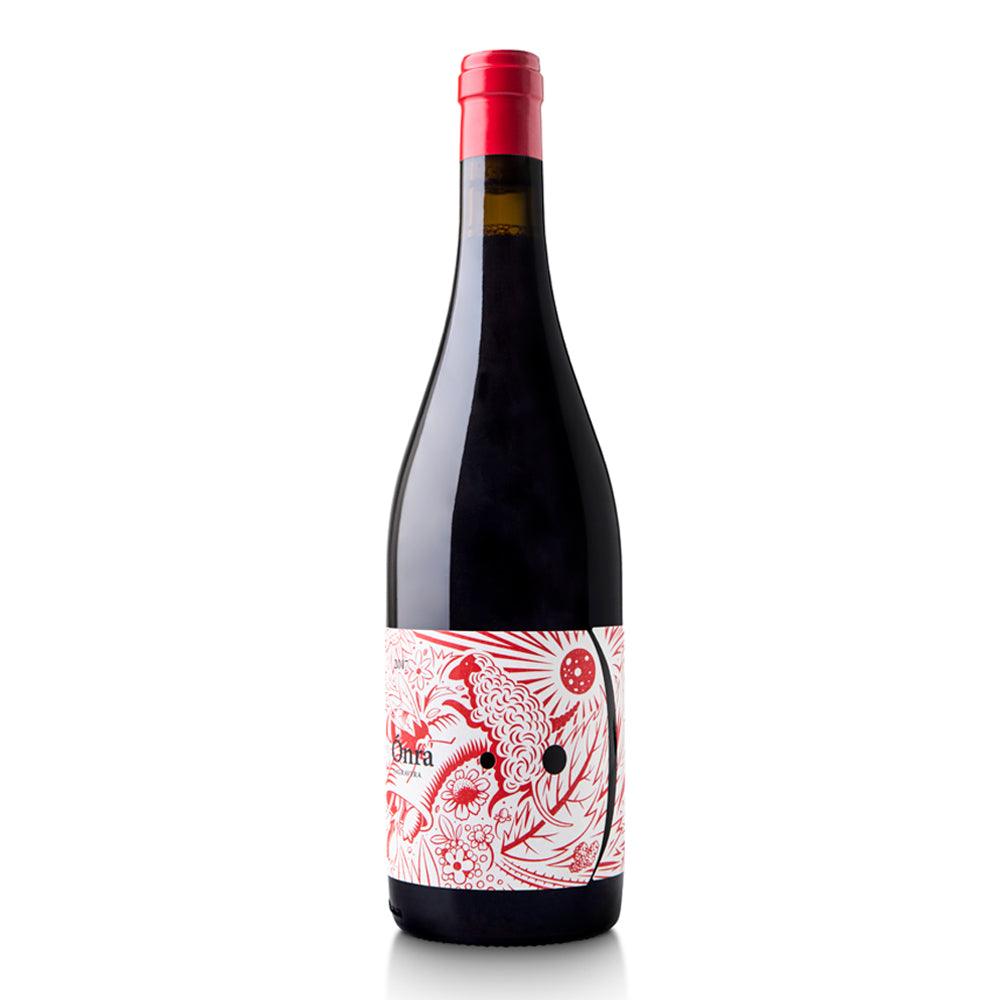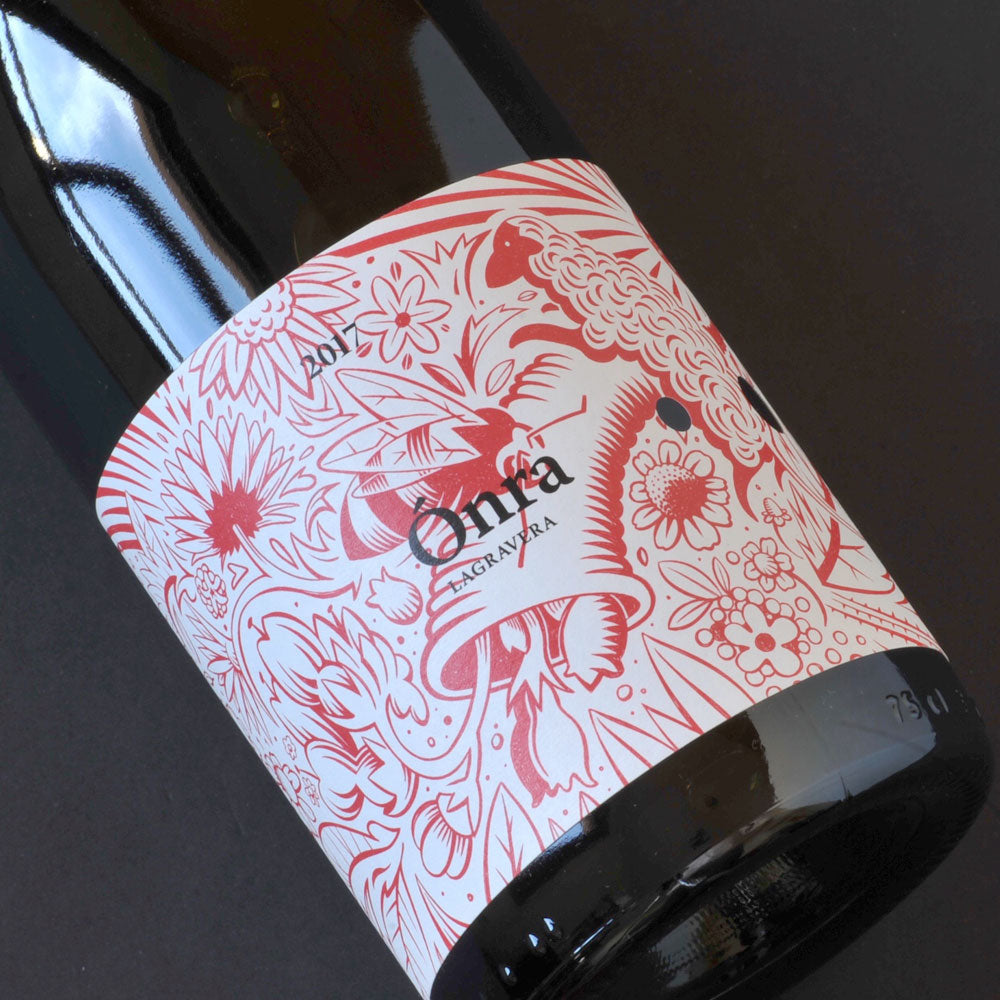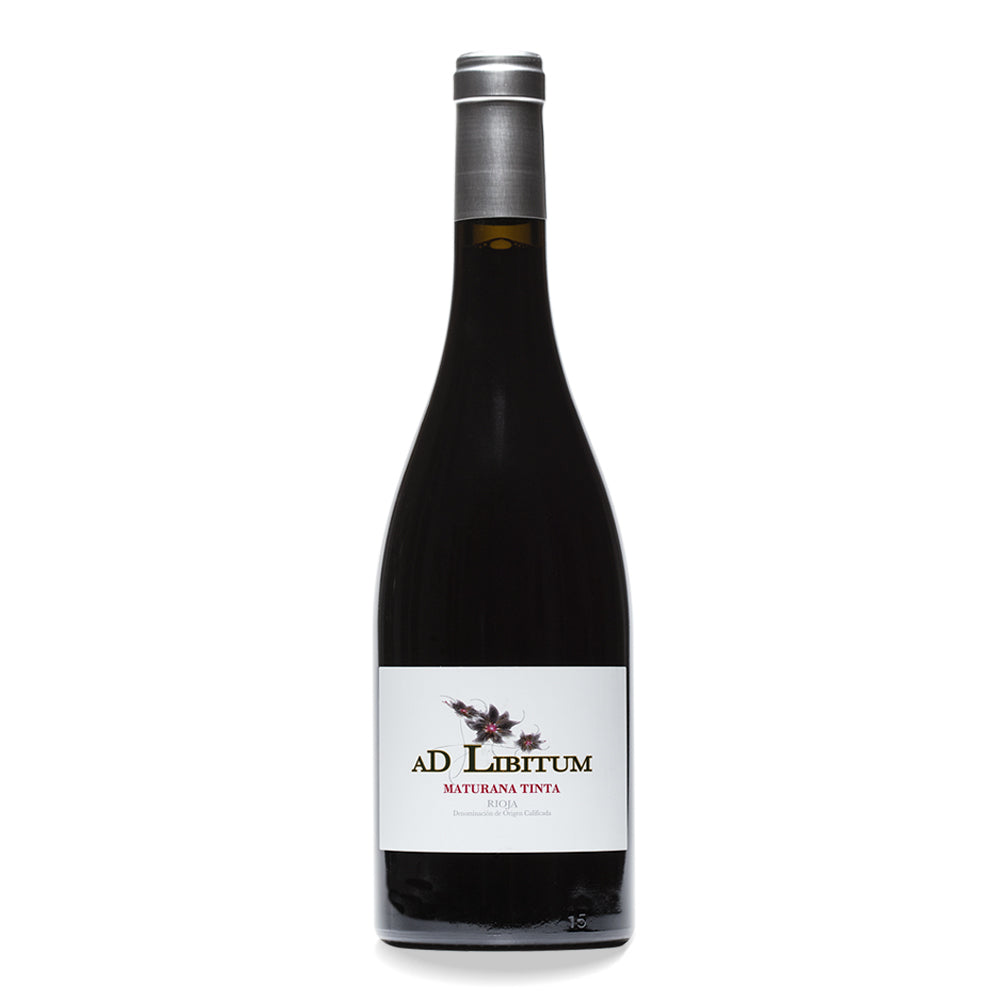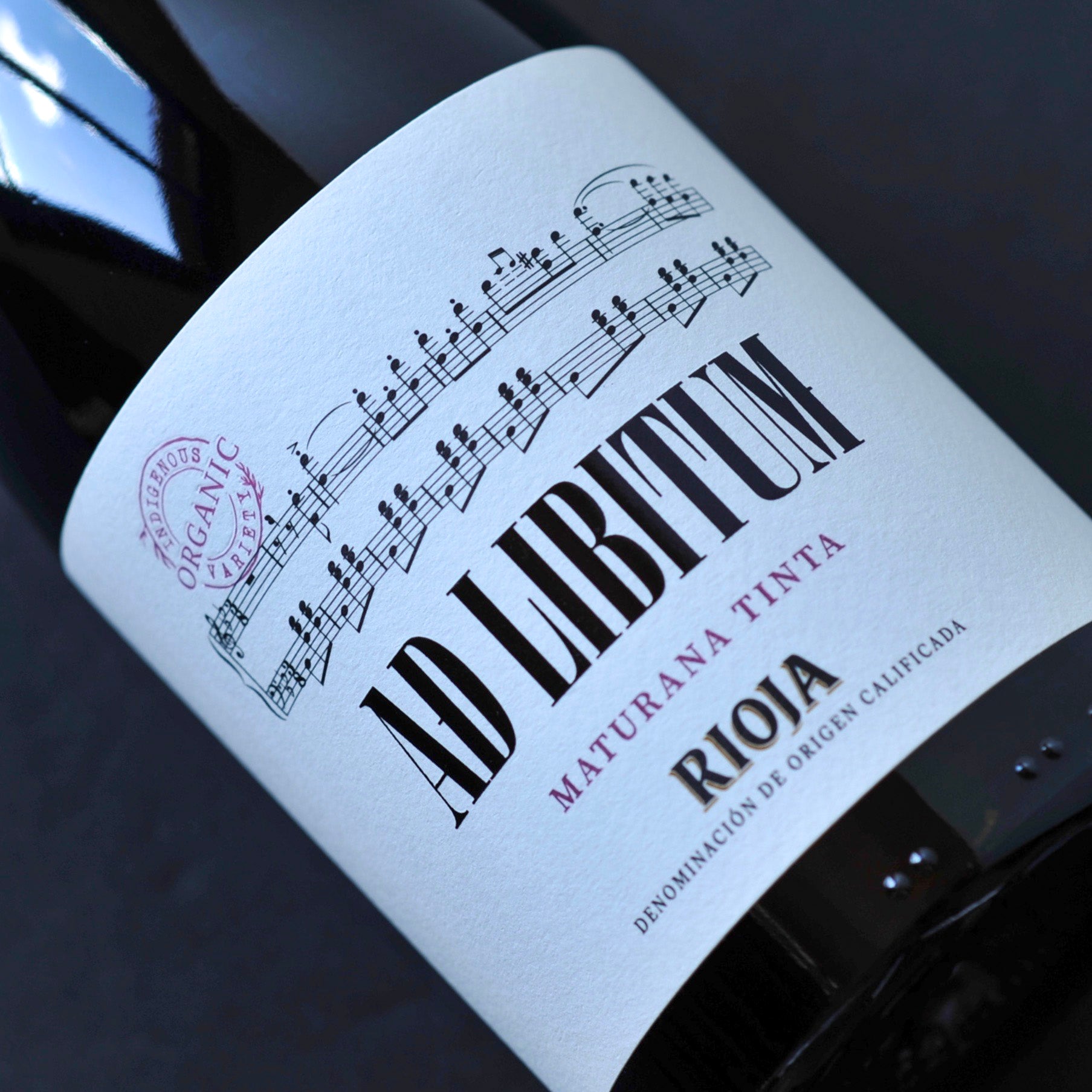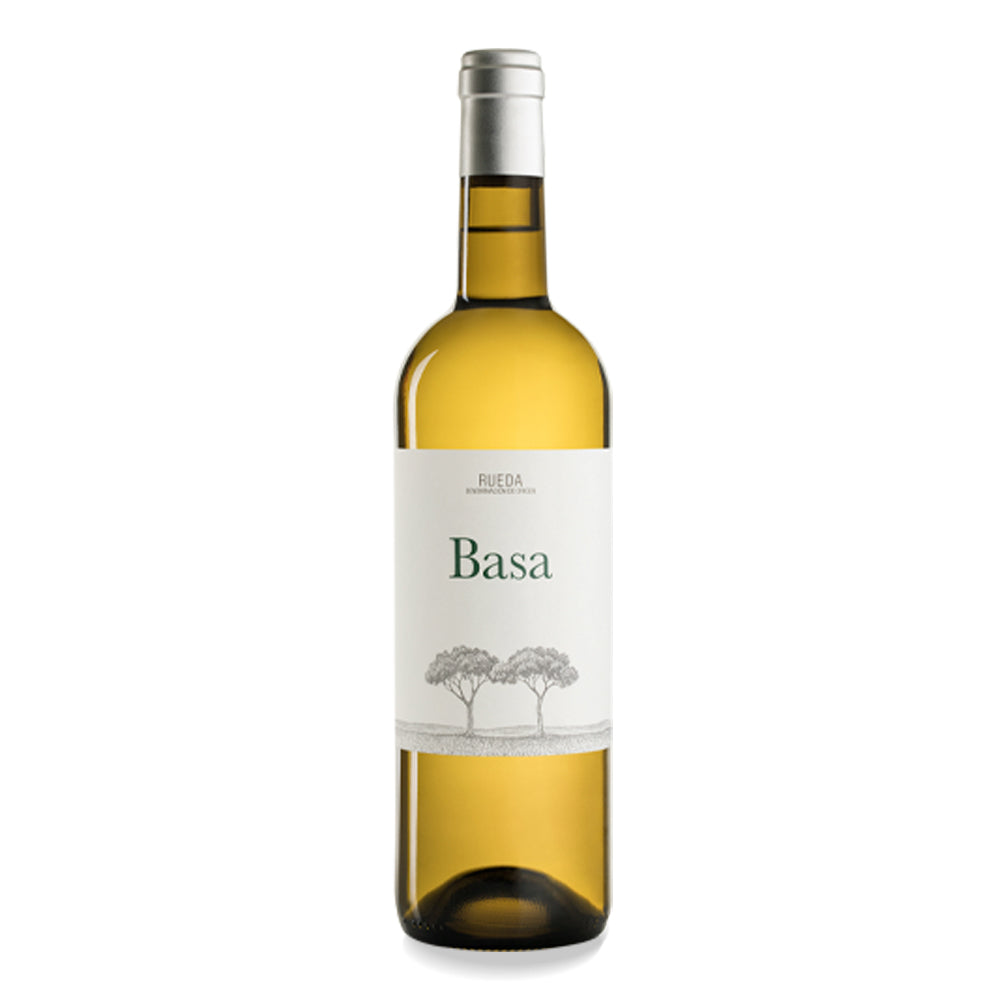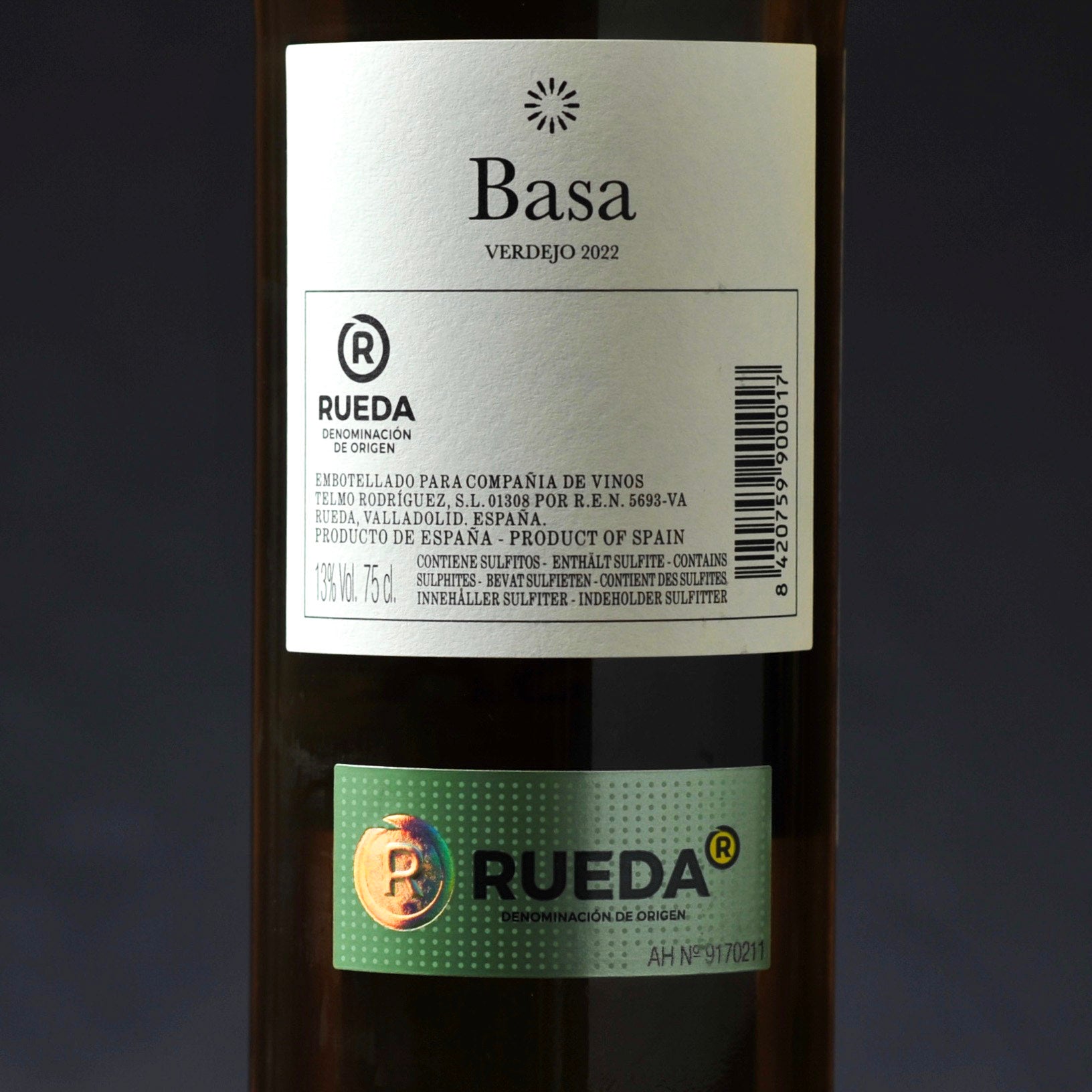About Tempranillo
Tempranillo is now the most common grape in Spain. Covering over 202k hectares - about one-fifth of all Spain’s vineyards - it has recently displaced the white grape Airén (200k hectares) as Spain’s most widely planted grape.
The name Tempranillo comes from the Spanish word temprano, which means "early". That’s because Tempranillo ripens early and has a shorter growing cycle than many other grapes.
It’s a grape with low acidity and relatively low natural sugars. The low acidity means it suits cooler climates, but because of the low sugars it also needs warm weather to get the grapes to ripen and boost that sugar content. So, regions like Ribera del Duero and Rioja are perfect places for Tempranillo.
That’s because those regions have a broad temperature difference, with hot days and cooler evenings in the summer months. That’s especially true in the higher altitude spots, where the differences are even more extreme.
Where is Tempranillo found?
It’s not surprising then that Tempranillo is a mainstay of the wines produced in those two denominaciones. Although it’s worth noting that in Ribera del Duero, they call it Tinta del País, so you may not always see the name Tempranillo on the label.
Away from Rioja and Ribera del Duero, you’ll also find Tempranillo growing in other parts of Spain often with different names. So, in the Penedés region of central Catalunya you’ll find it called Ull de Llebre and in central Spain it goes by the name Cencibel.
What do Tempranillo wines taste like?
Because of its lower sugar levels and early ripening, wines made from Tempranillo don’t tend to be too high in alcohol, which makes them relatively easy to drink and to pair with different foods – another reason for its popularity.
The grape doesn’t have hugely defined flavours. Wines made from Tempranillo often have aromas like strawberries and other red fruits, and you can often detect spice, leather and tobacco leaves. But the end result is as much down to the skill of the winemaker as it is to the grape variety itself. So, you’ll often find Tempranillo blended with other varieties, such as Garnacha or Carignan to give it a bit more character.
Ageing Tempranillo
Another common way to give this wine a bit more personality is to barrel age it. Unlike some other grapes, Tempranillo combines well with oak and its flavour characteristics really help to enhance the wine. So it’s a grape that’s often used in wines designed for ageing.
In Rioja particularly, you’ll find a more dedicated focus on ageing wine than you might in other parts of Spain. There they have their own criteria for determining the age classification of wine. Normally, for Spanish wine to be called Crianza it has to have spent 24 months ageing of which at least 6 months have to have been in the barrel. Whereas in Rioja the wine must have spent at least 12 of those 24 months in the barrel. Rules nationwide for Reservas are simpler: 36 months of ageing, of which 12 should be in the barrel. But things change again for Gran Reservas. There the standard is 5 years ageing with at least 18 months in the barrel. But Rioja insist on a minimum of 2 years barrel ageing and 3 in the bottle before the wine is released.
We talk about this in more detail in a separate article on ageing wine. The main point is that Tempranillo is a fantastic way into the world of Spanish wine. It’s a very adaptable grape, which is one of the reasons Spanish winemakers love it, and there’s a style out there to suit everyone. No wonder it's one of Spain’s, and the world’s, favourite grapes.

